The new Honda Jazz might have arrived late to the party, but the supermini didn't come unprepared
Overall Score 74/100
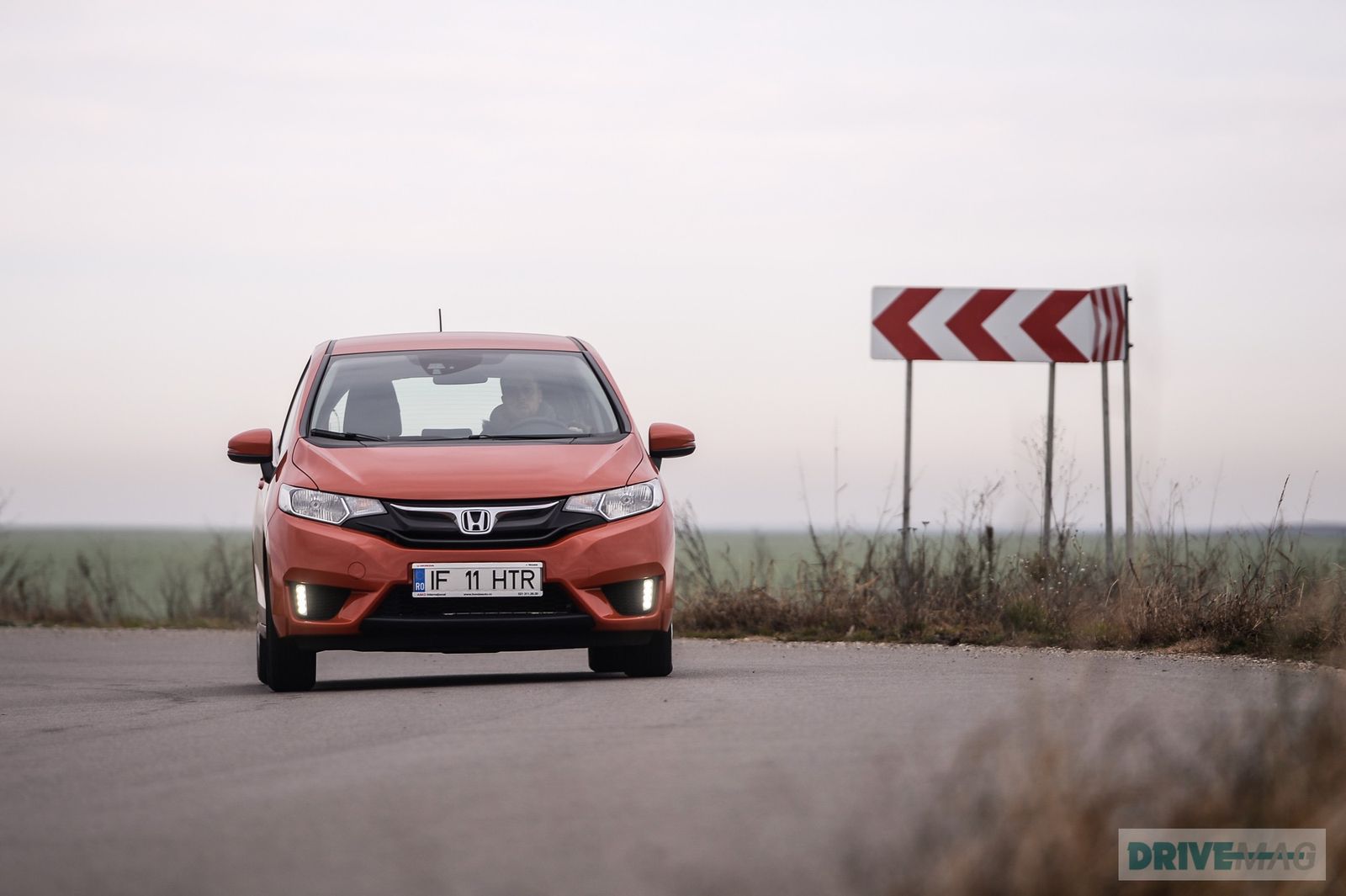
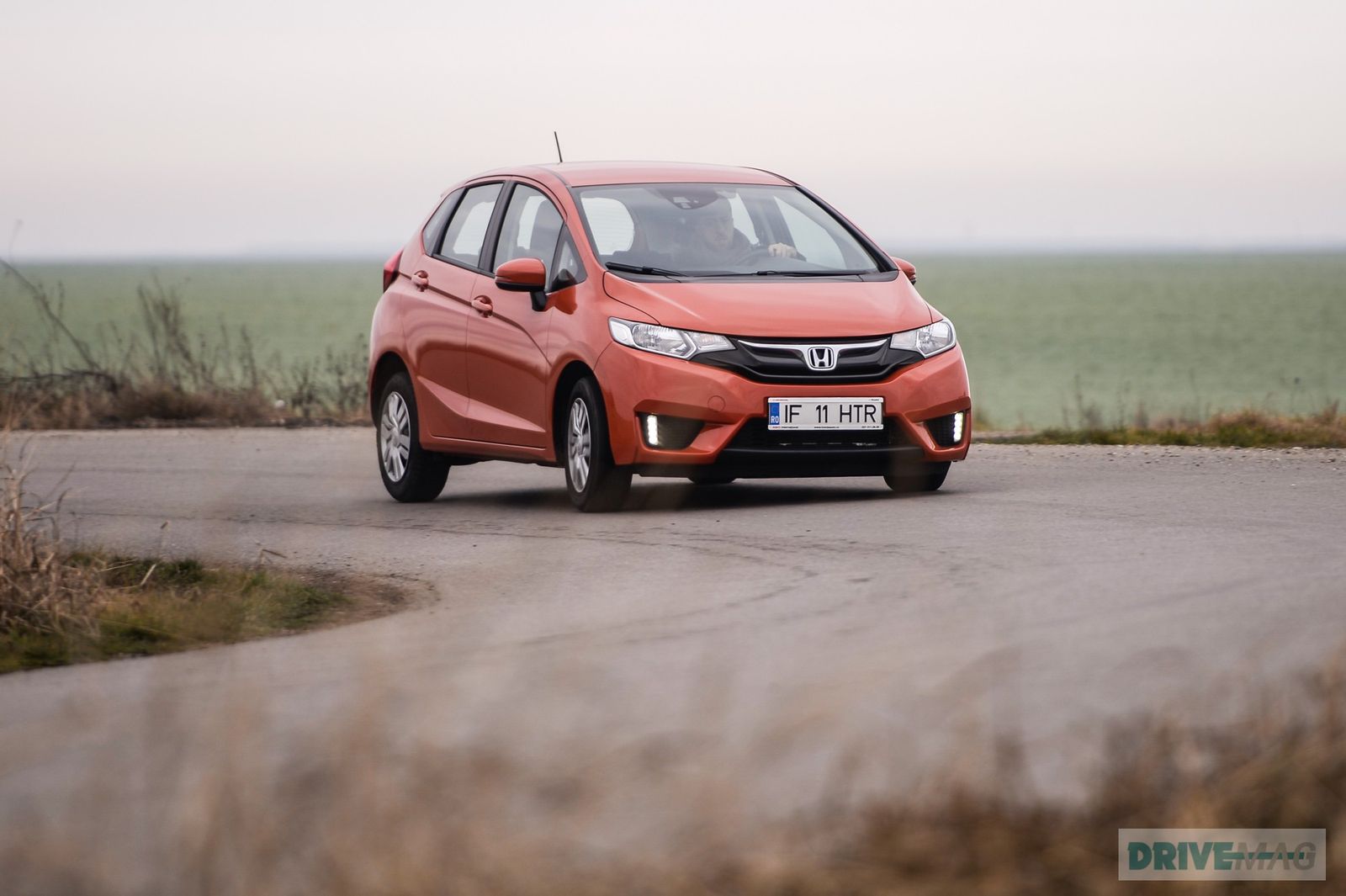
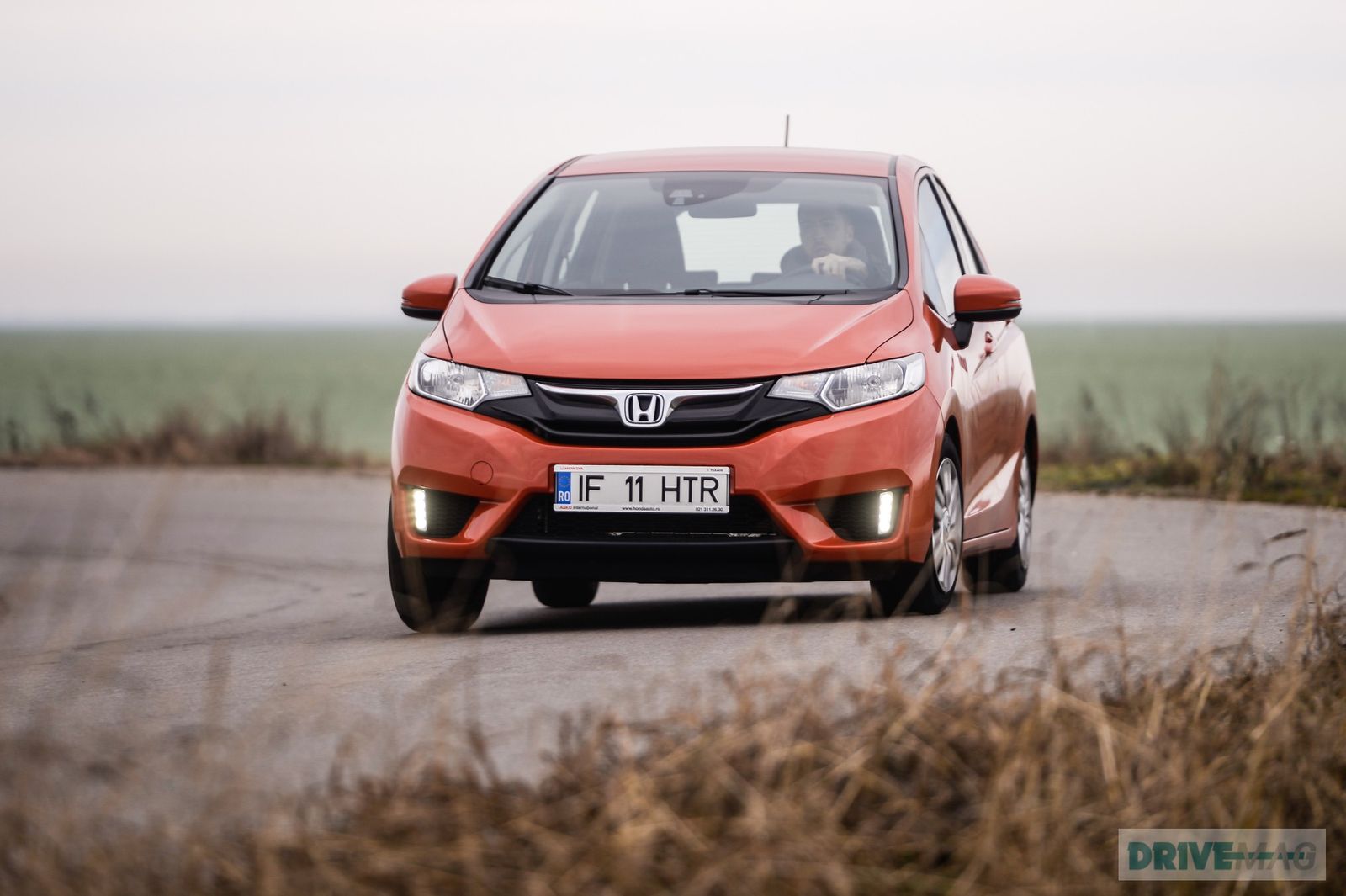

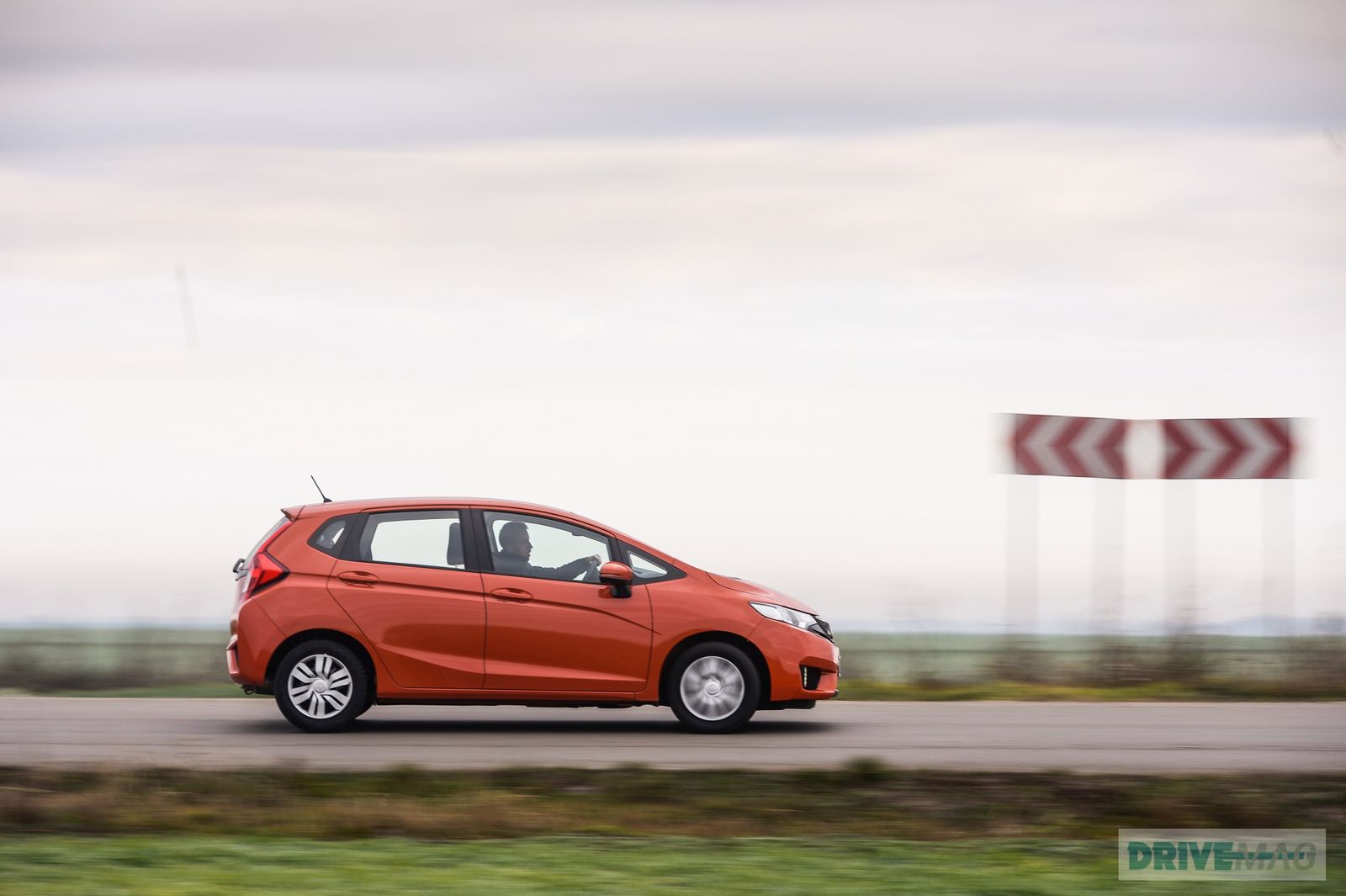
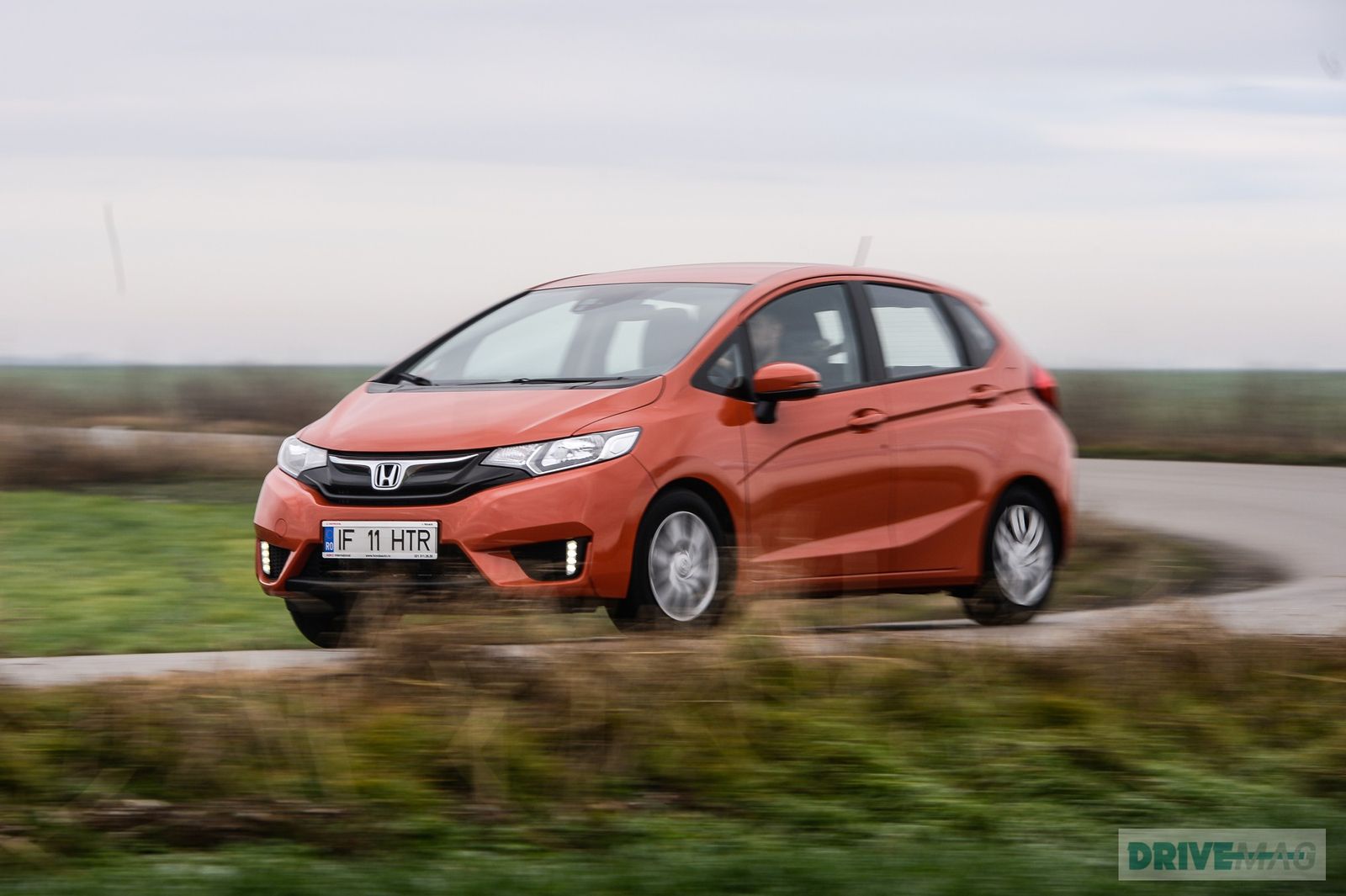
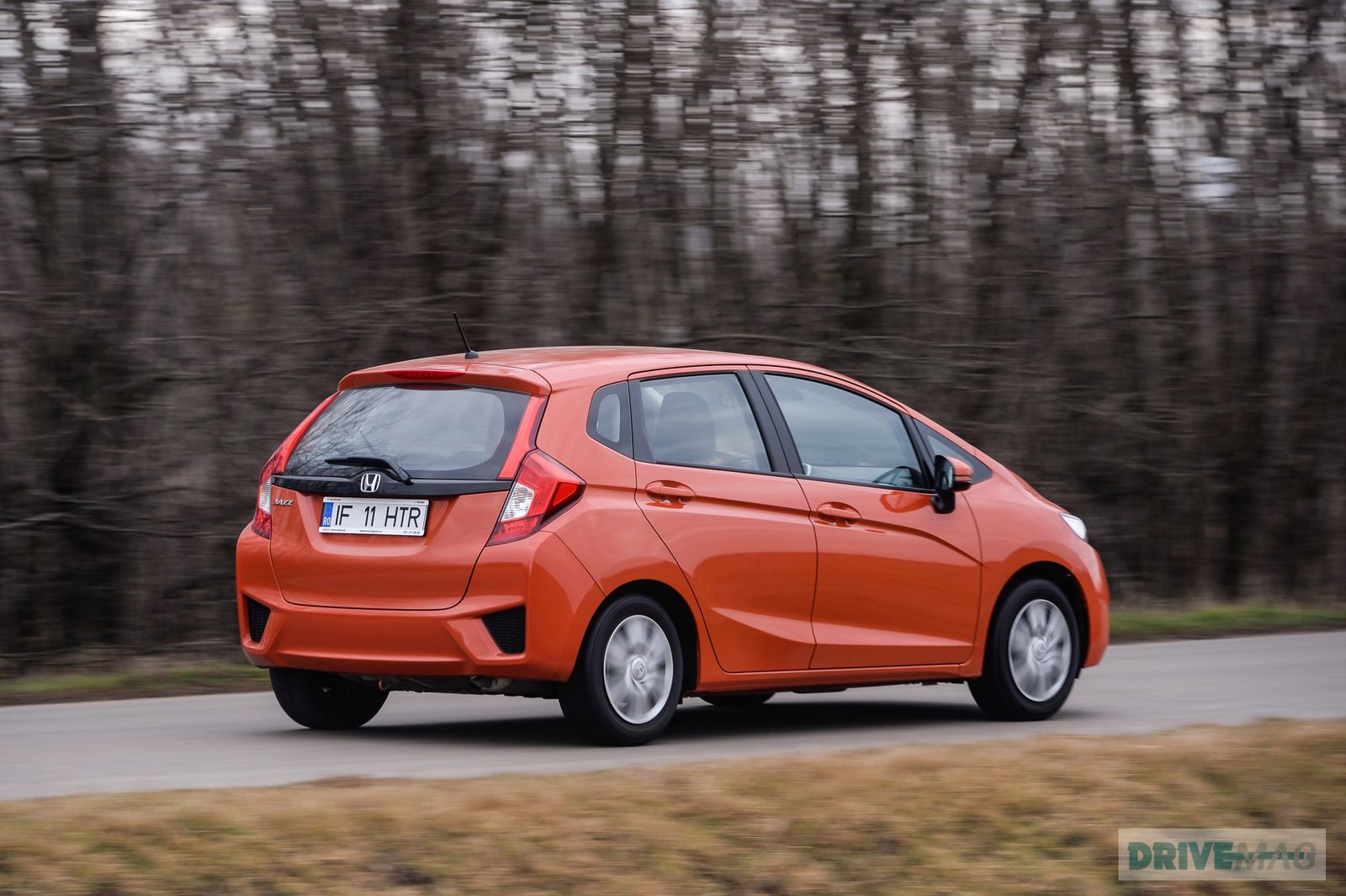
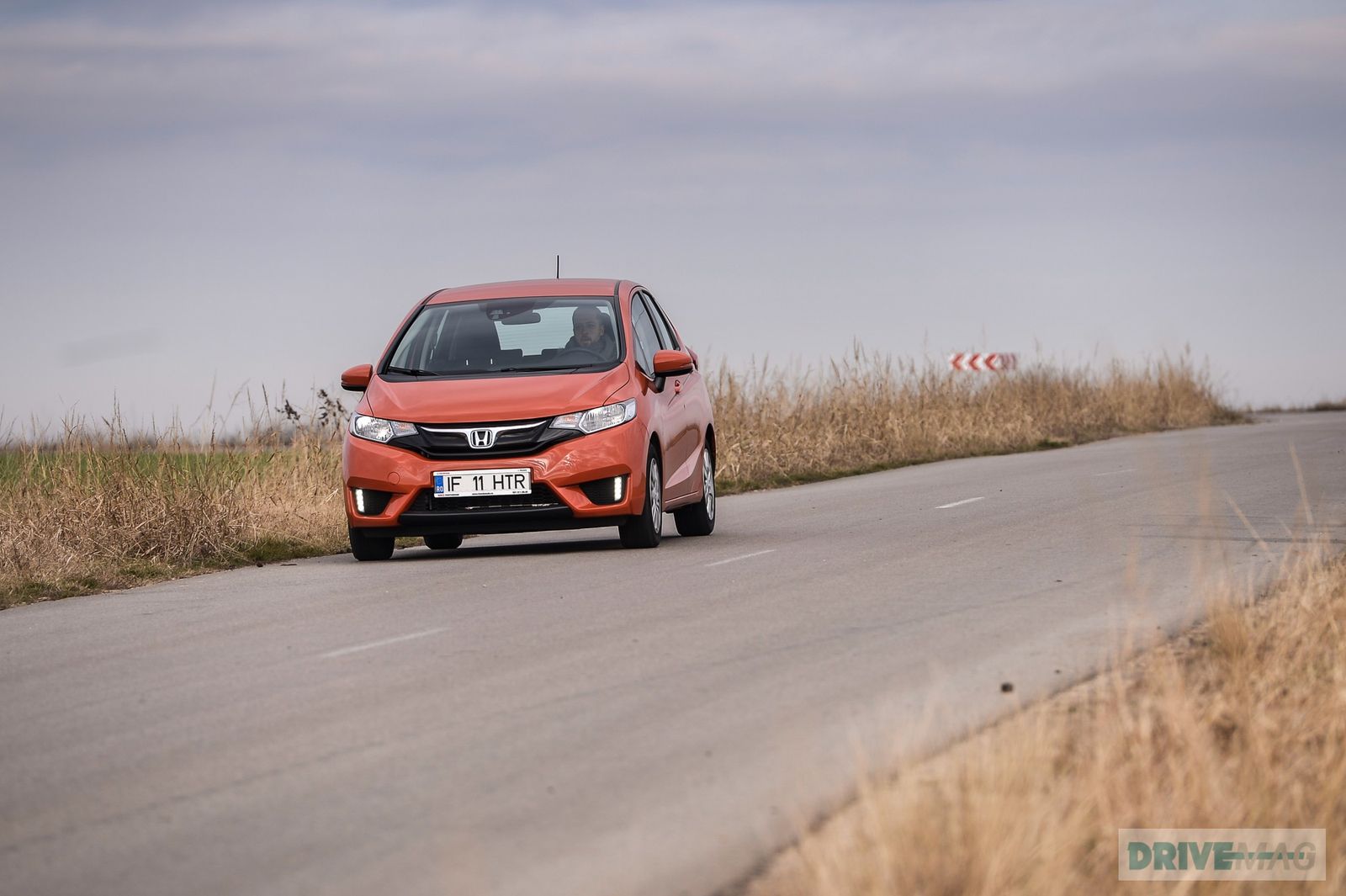
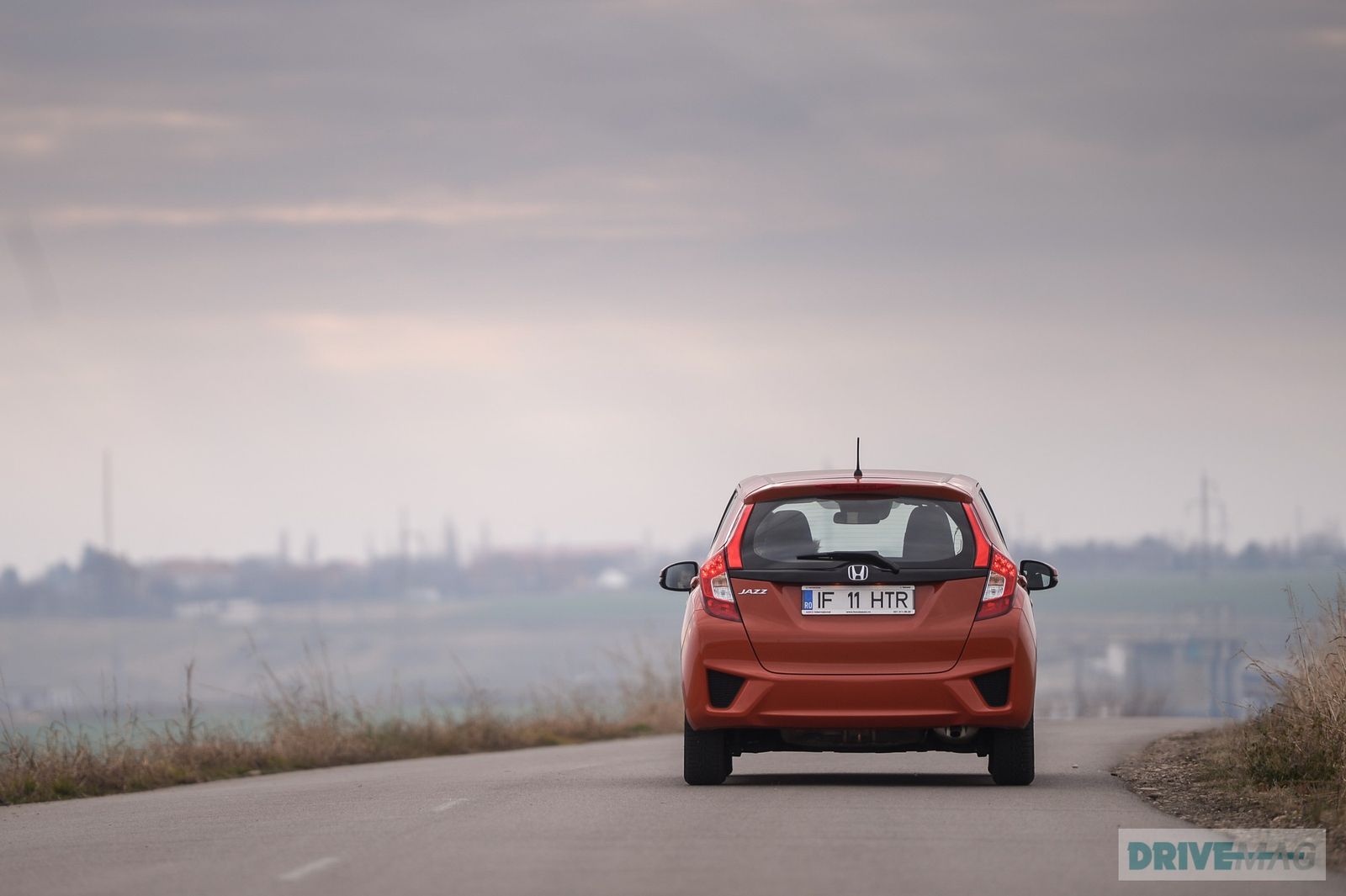
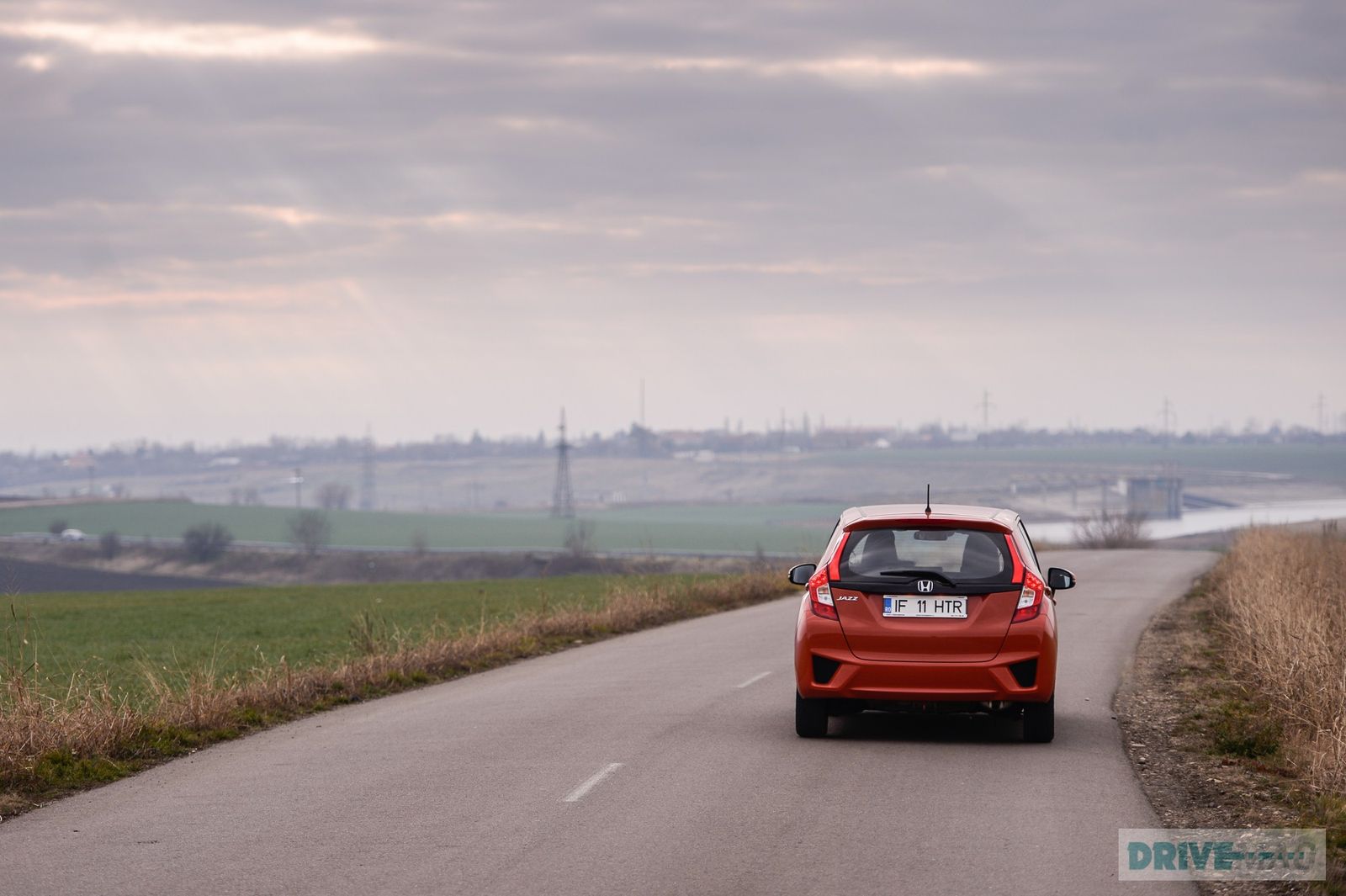
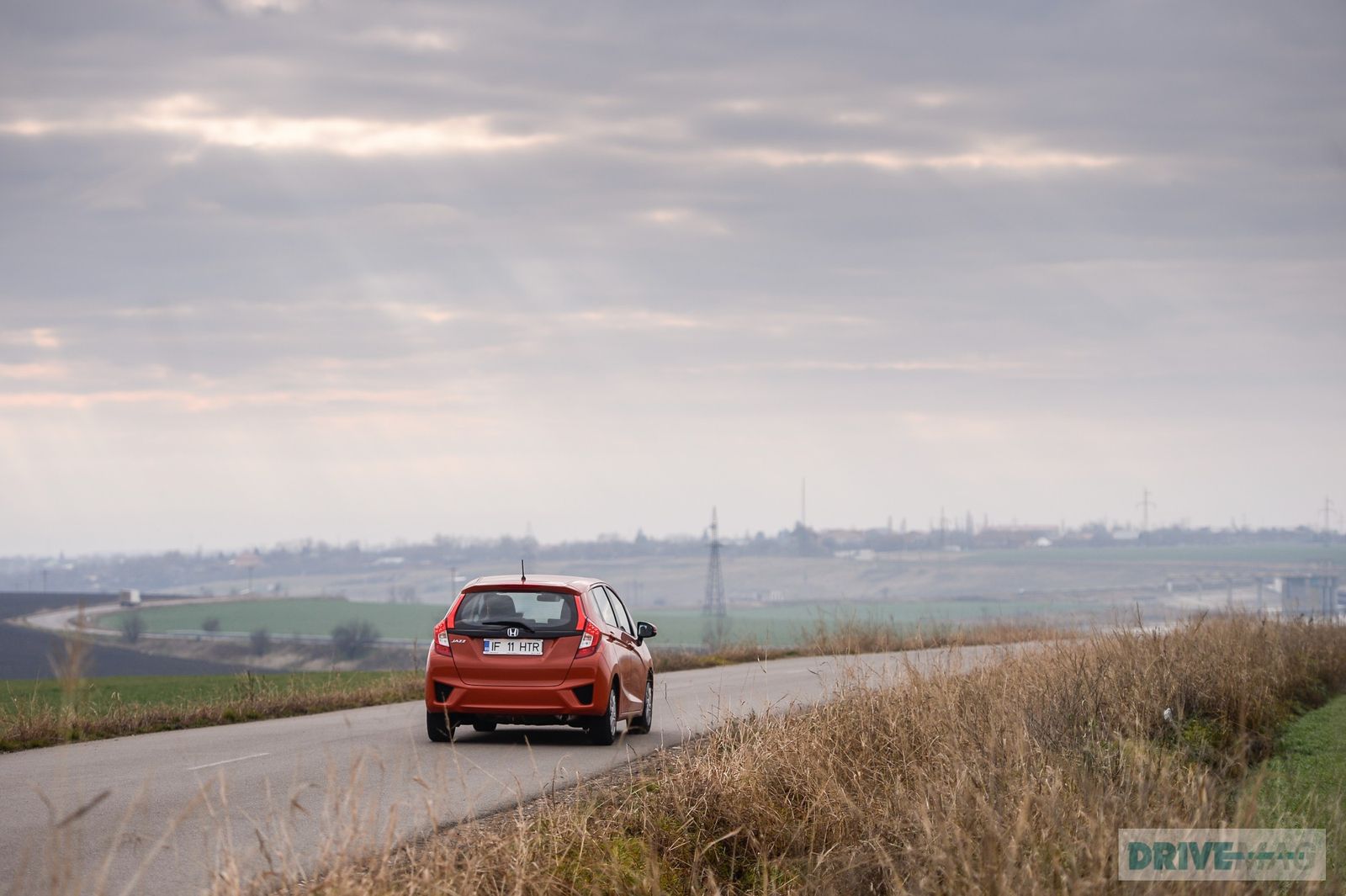
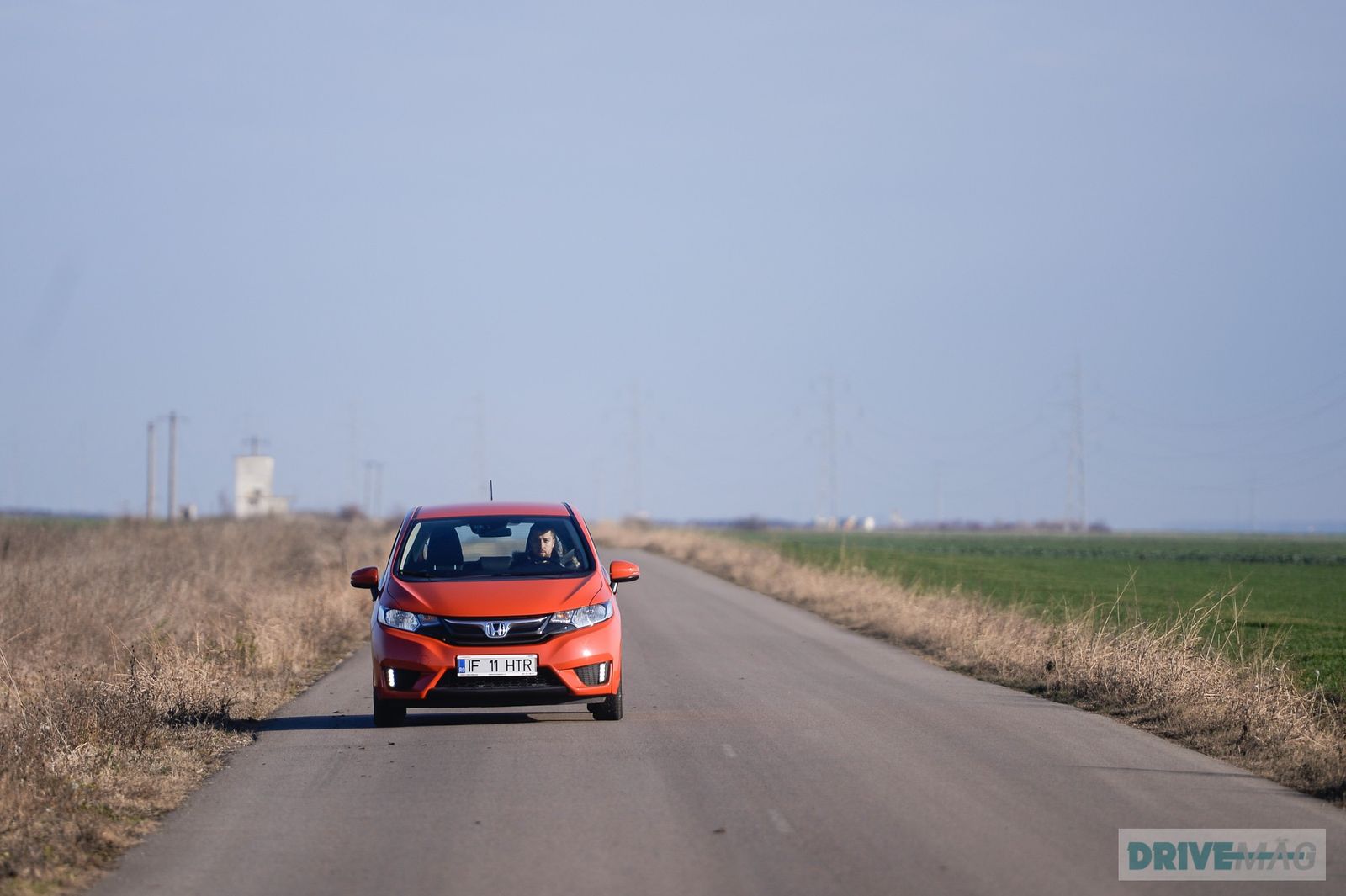
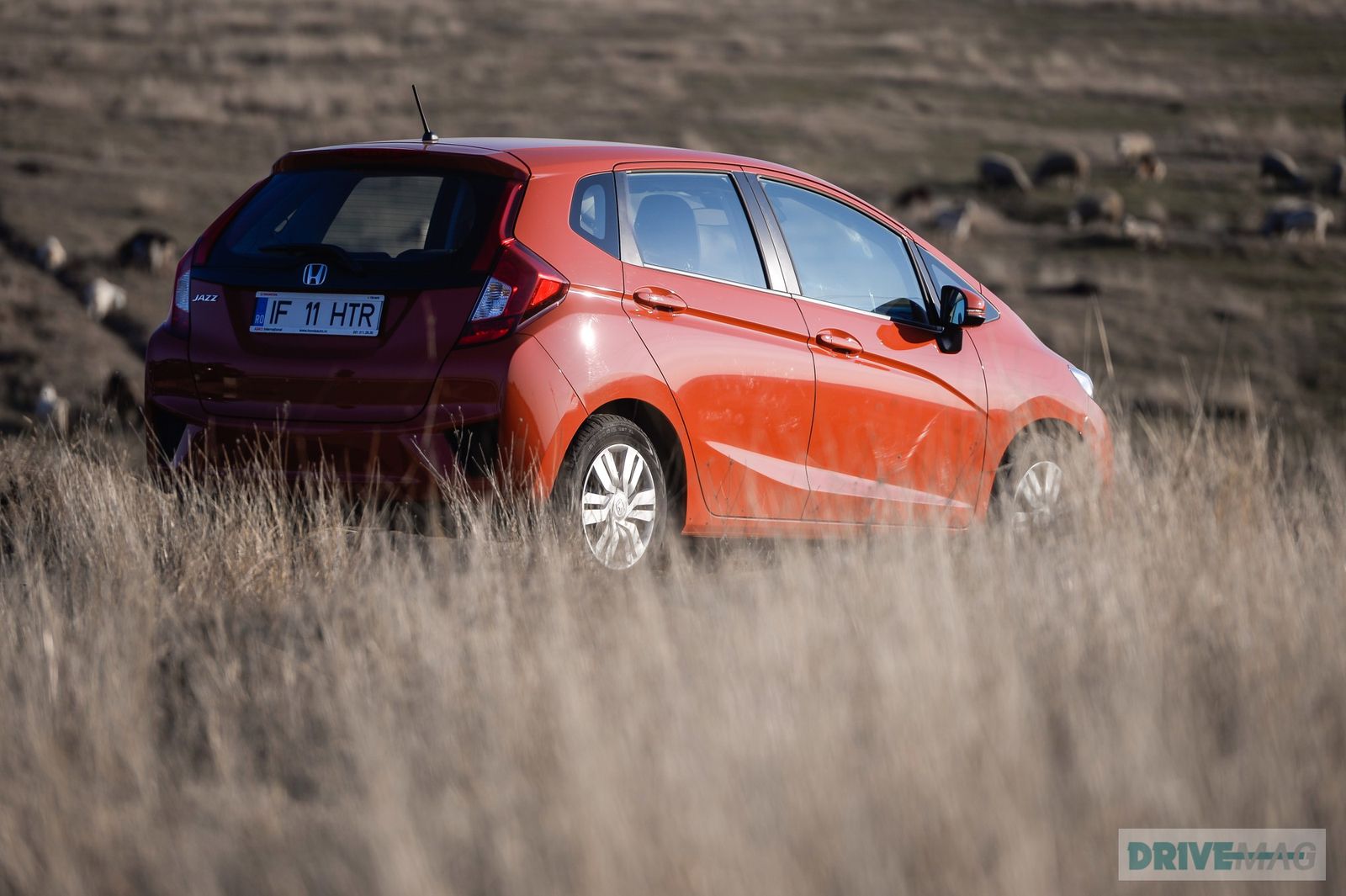
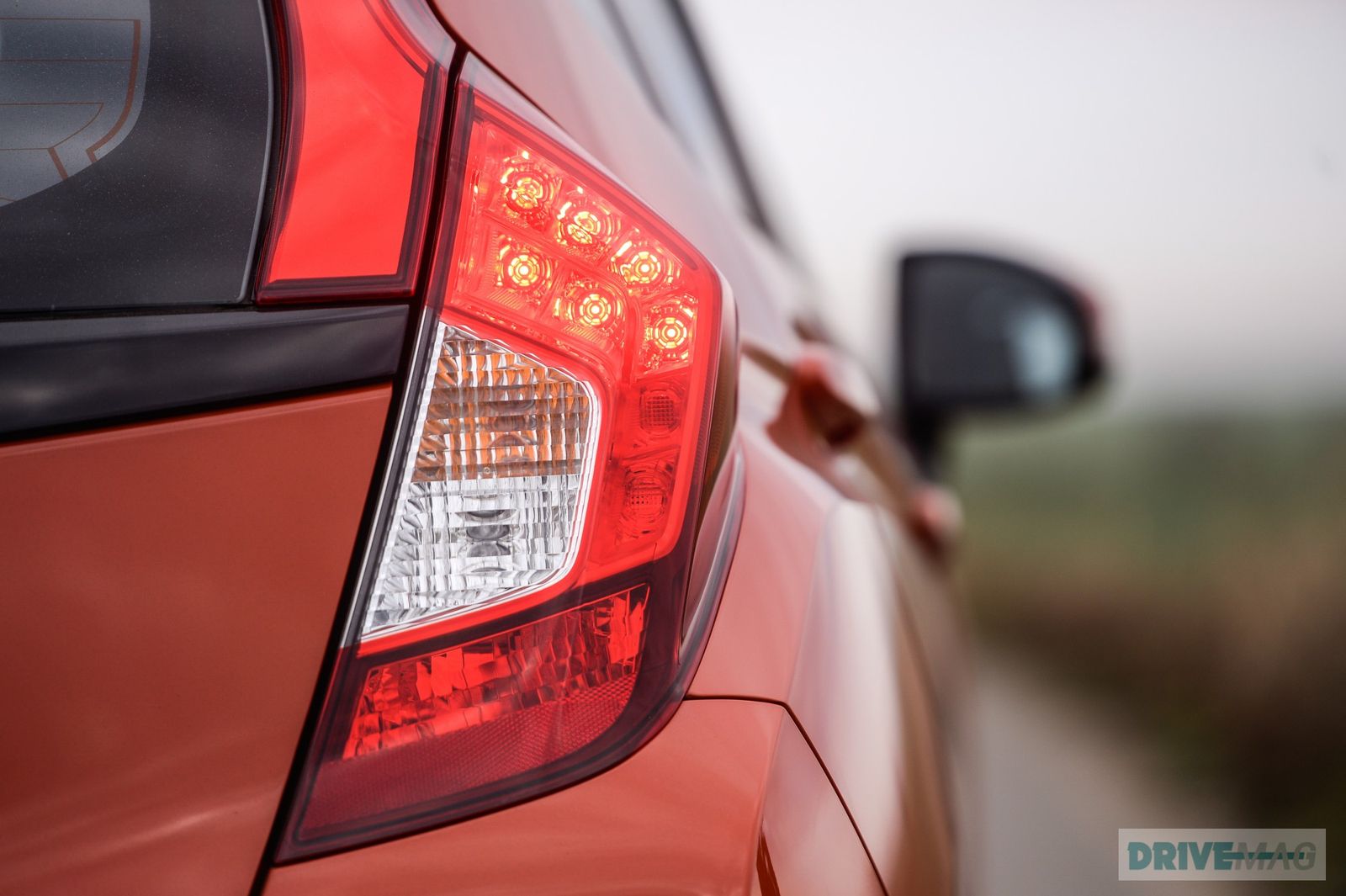
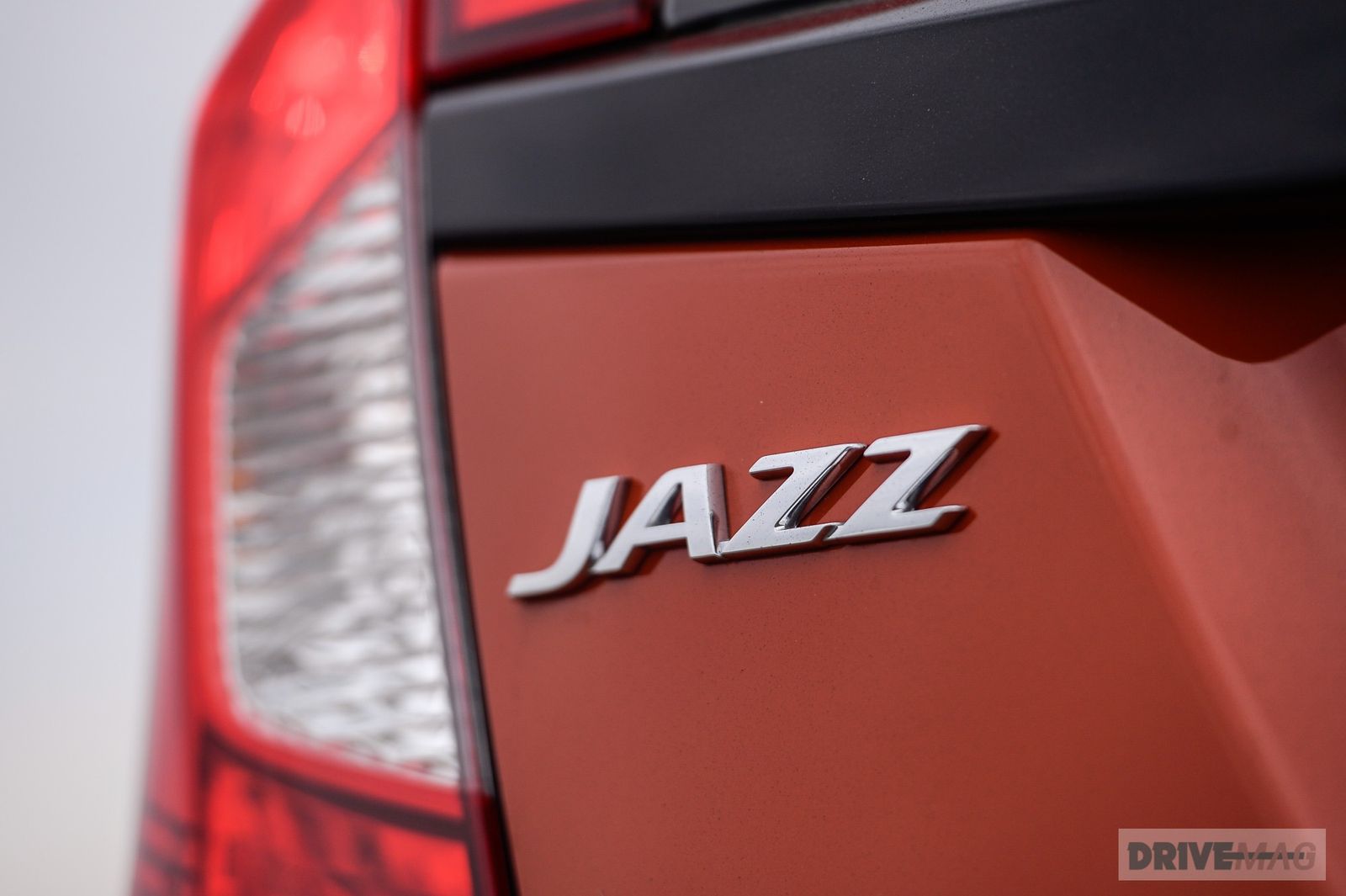
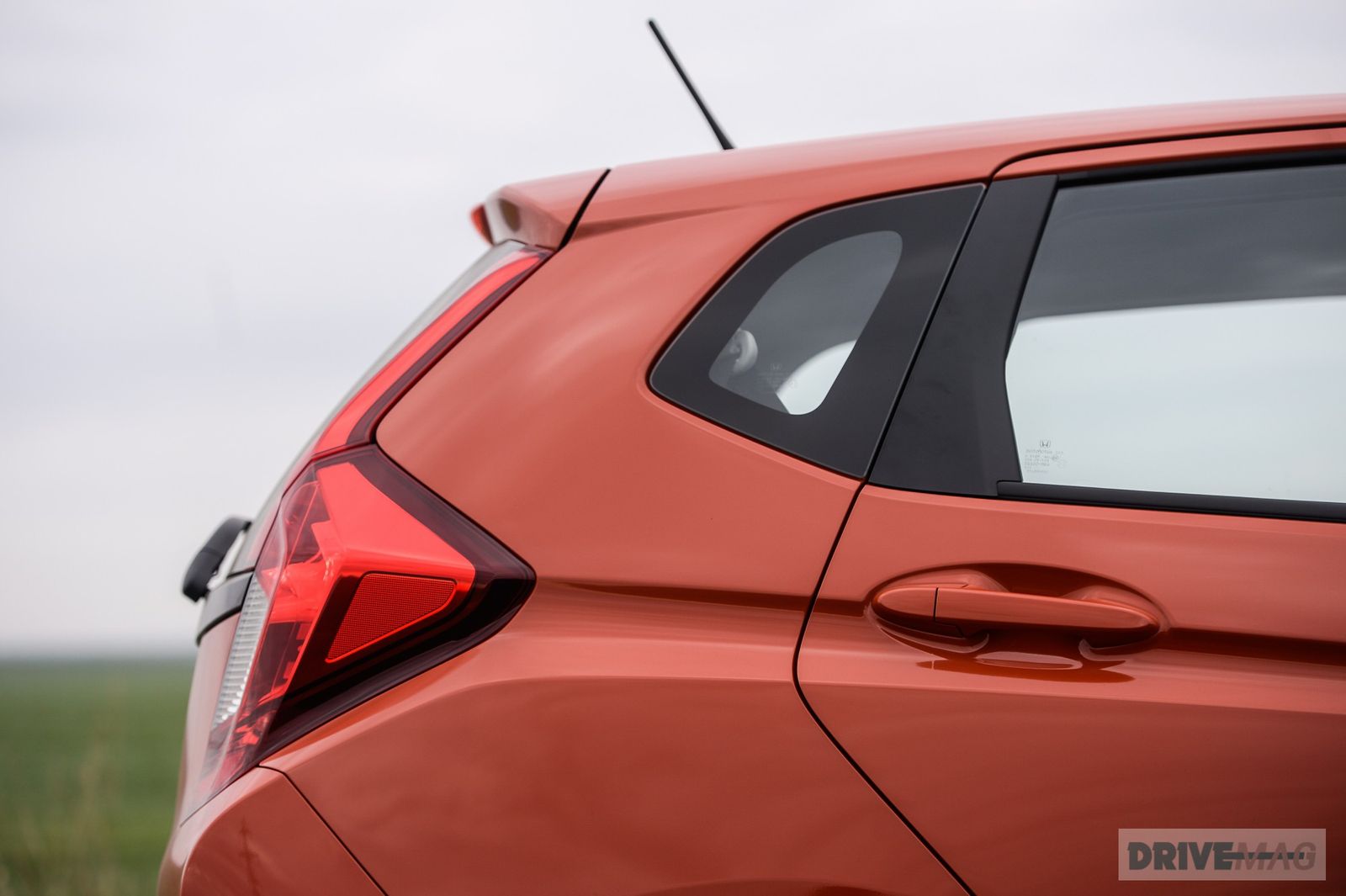
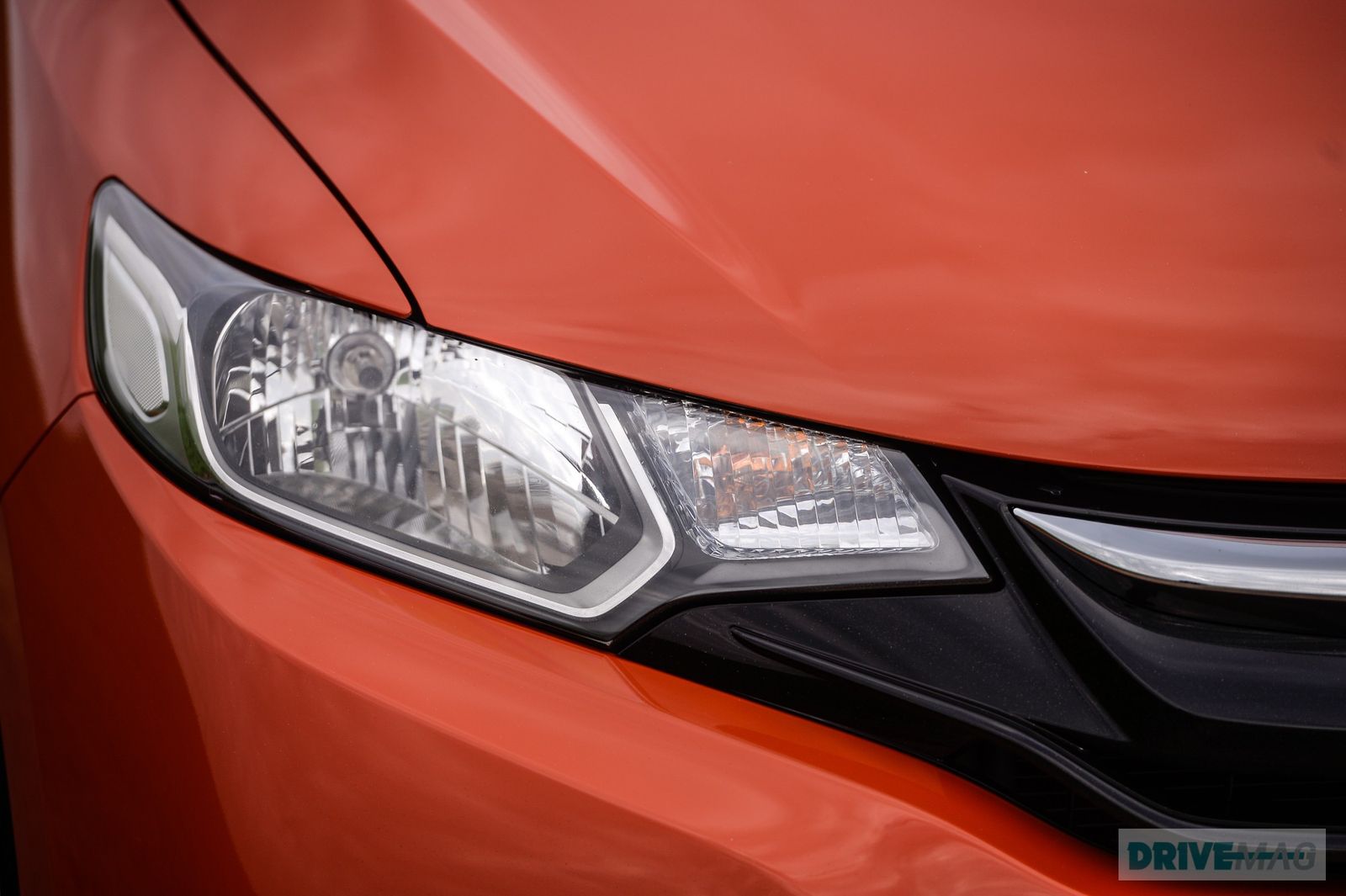
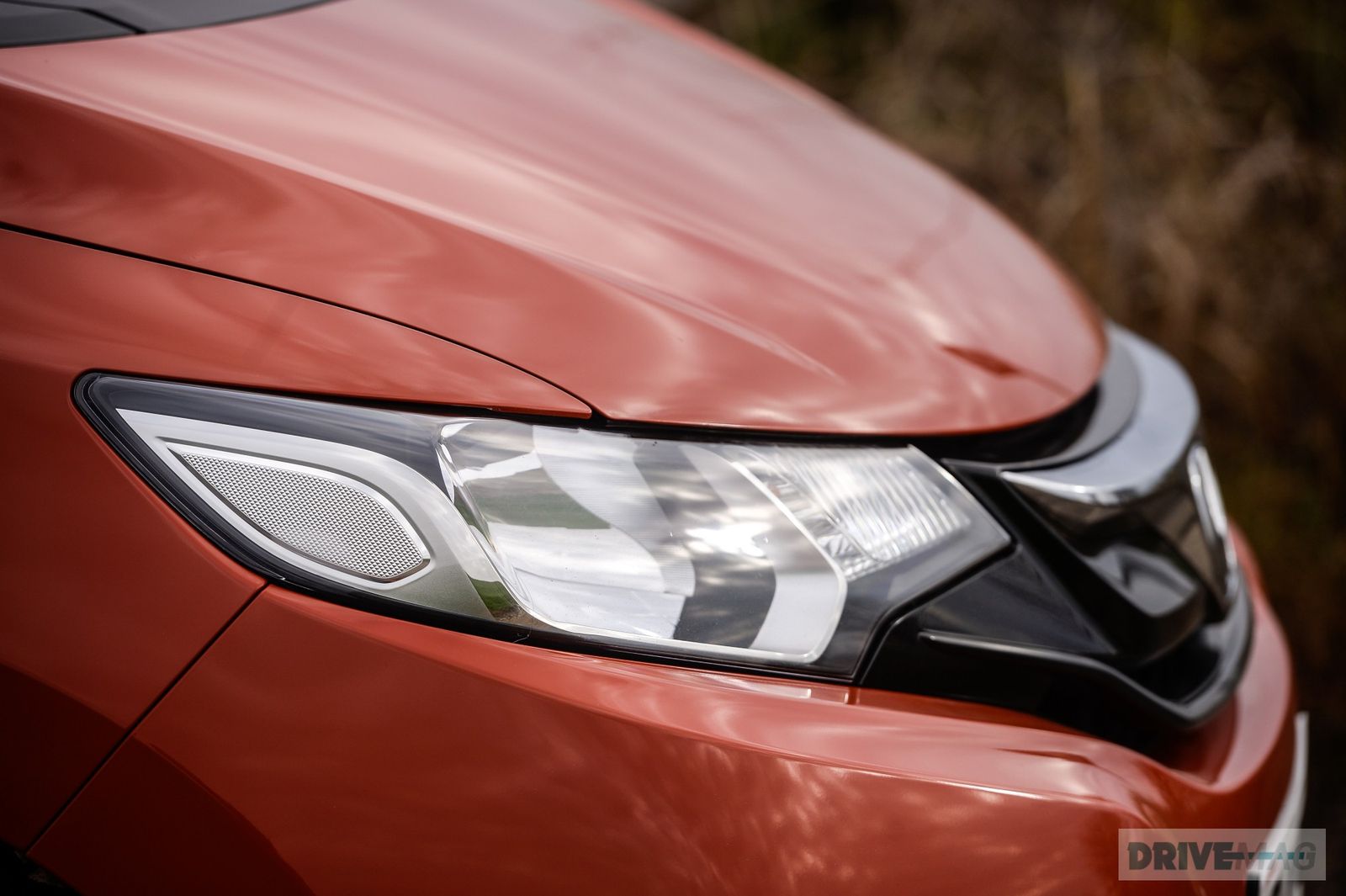
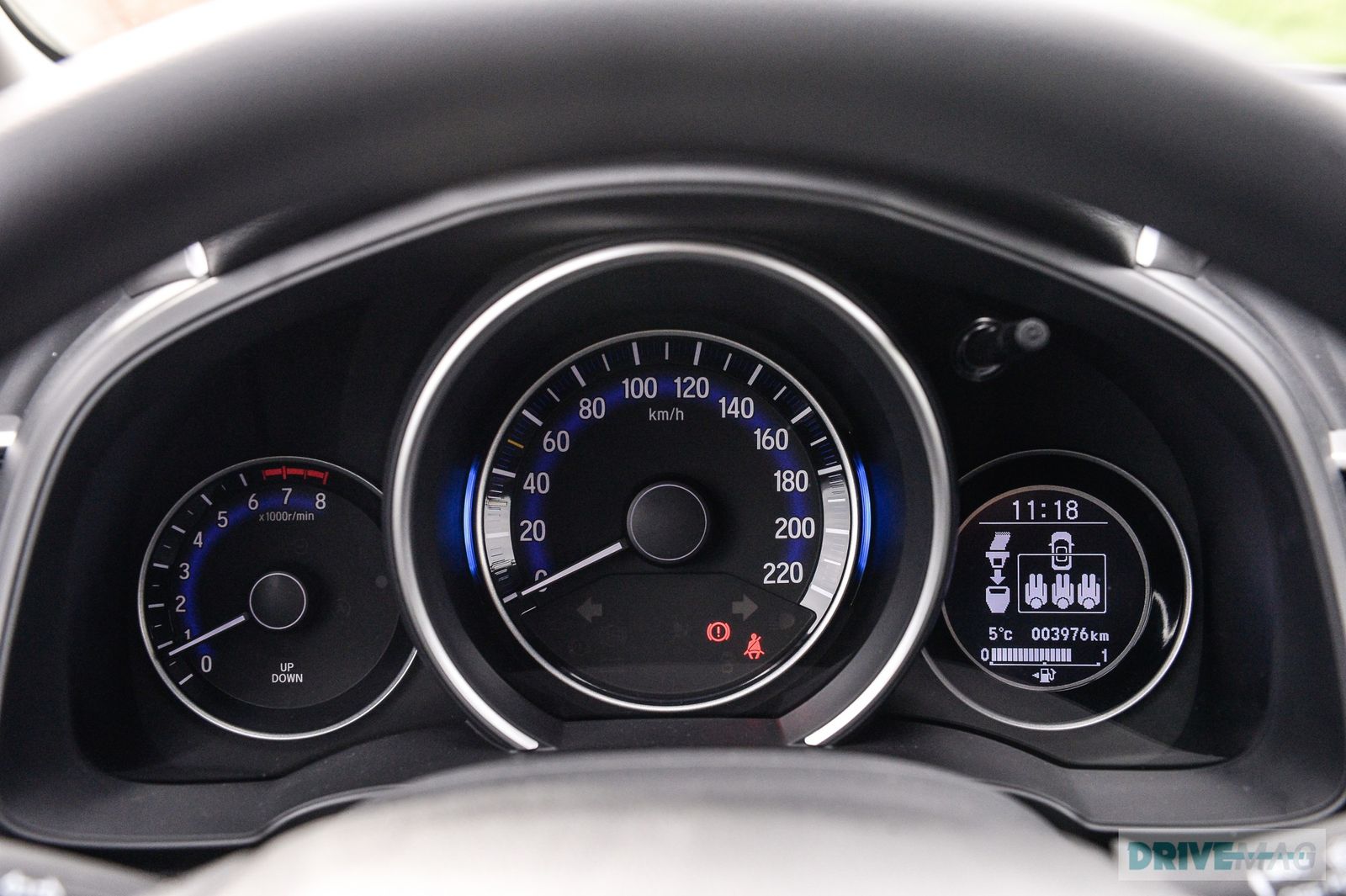
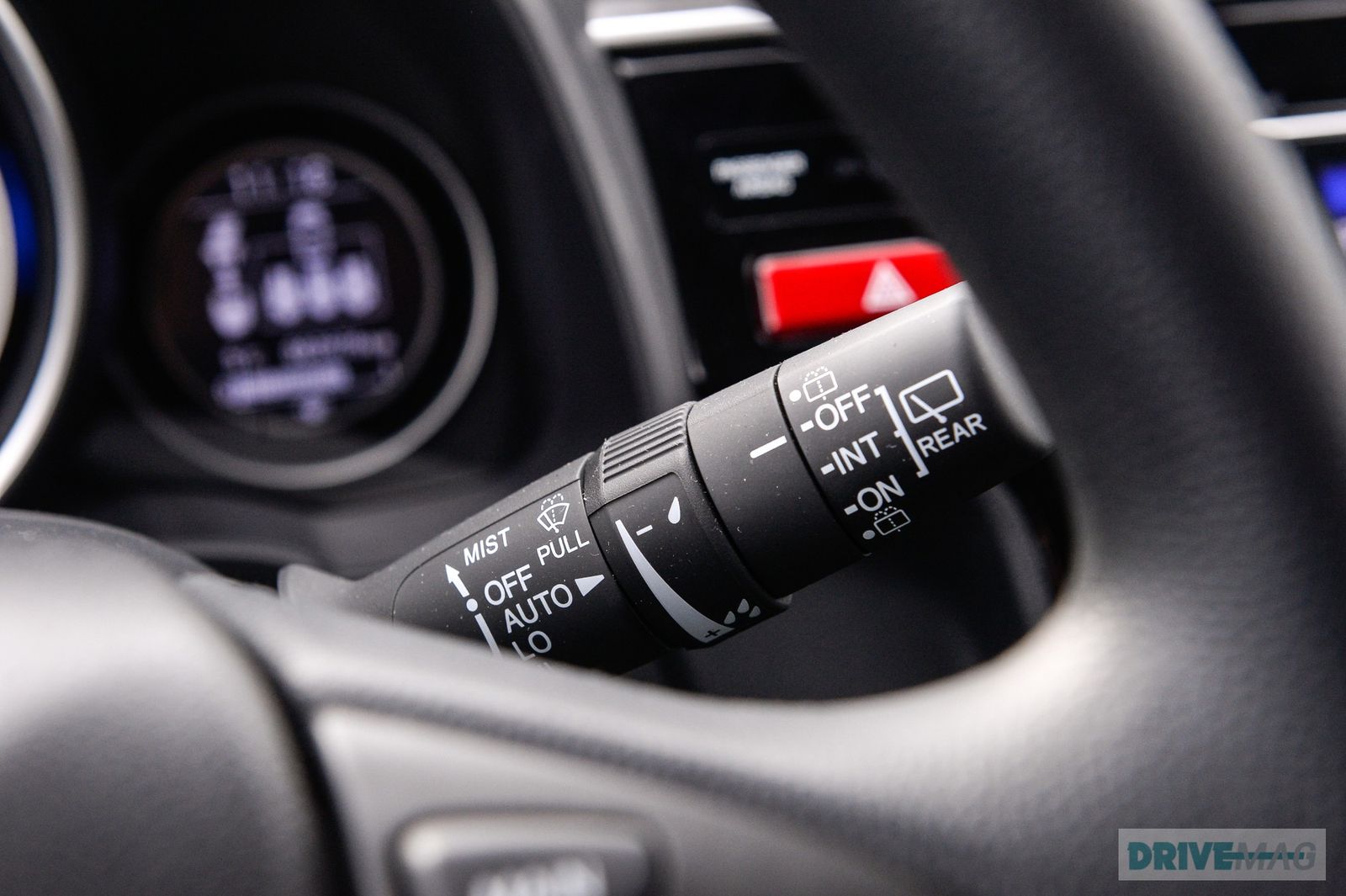
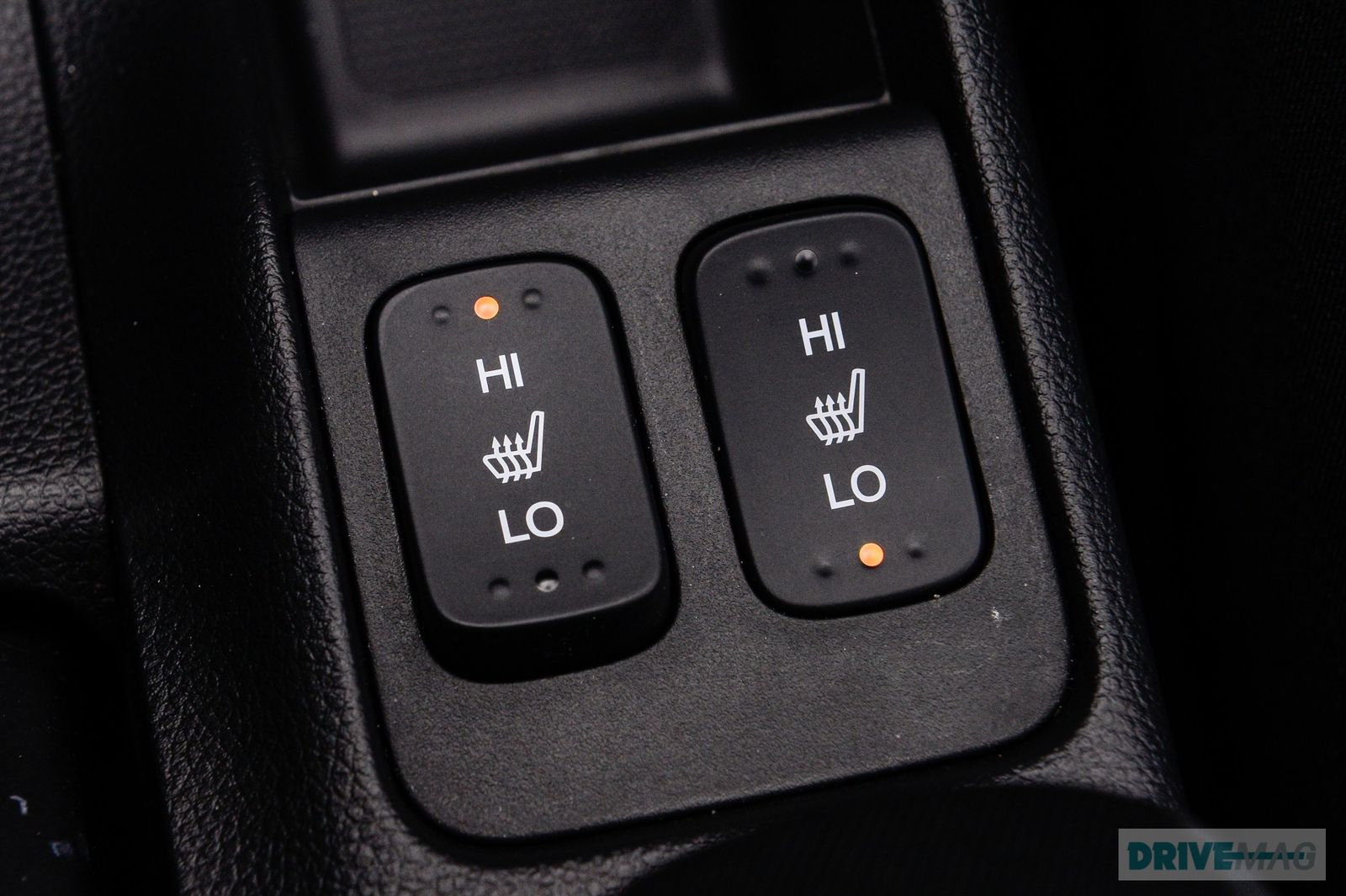
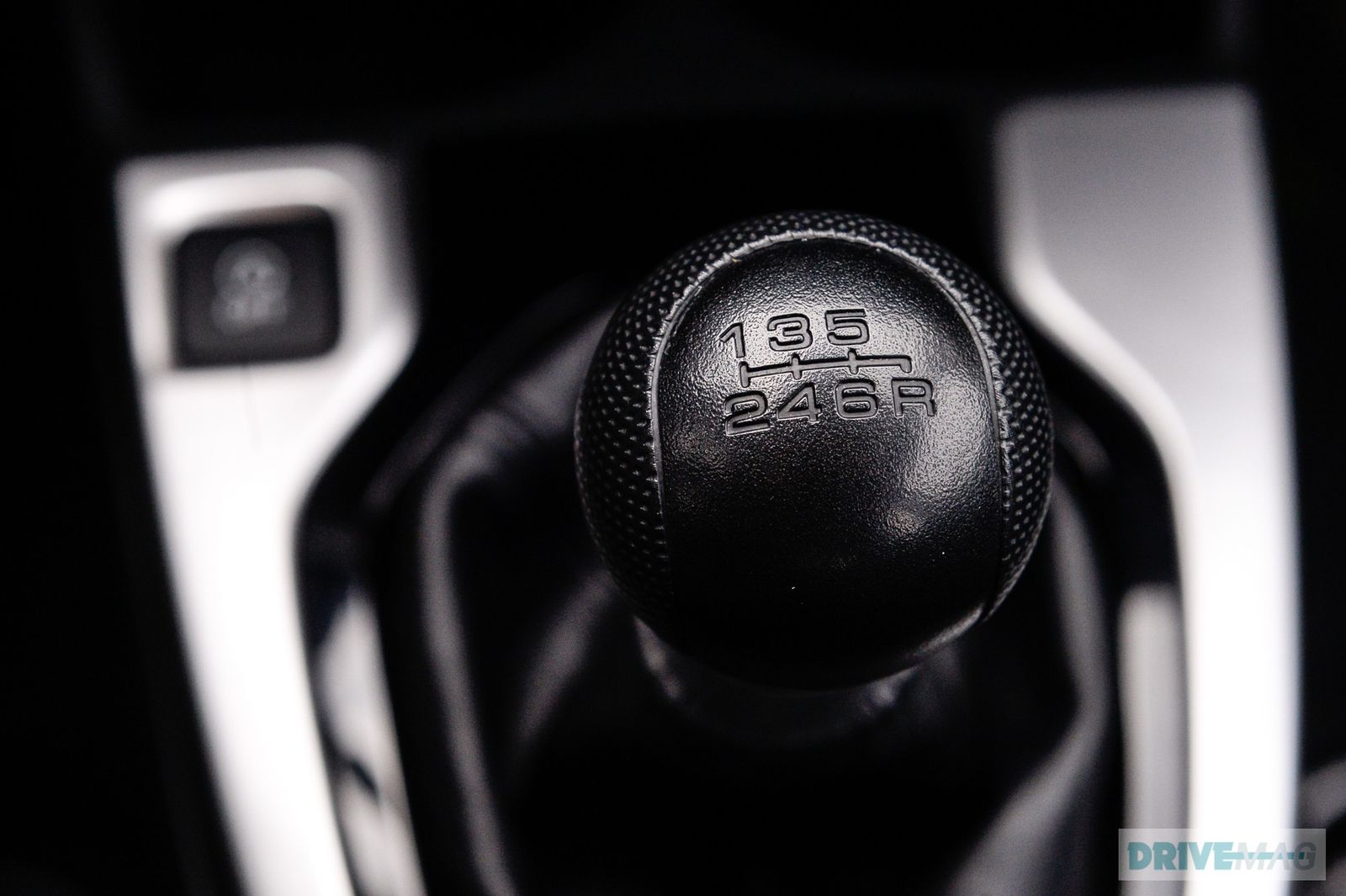
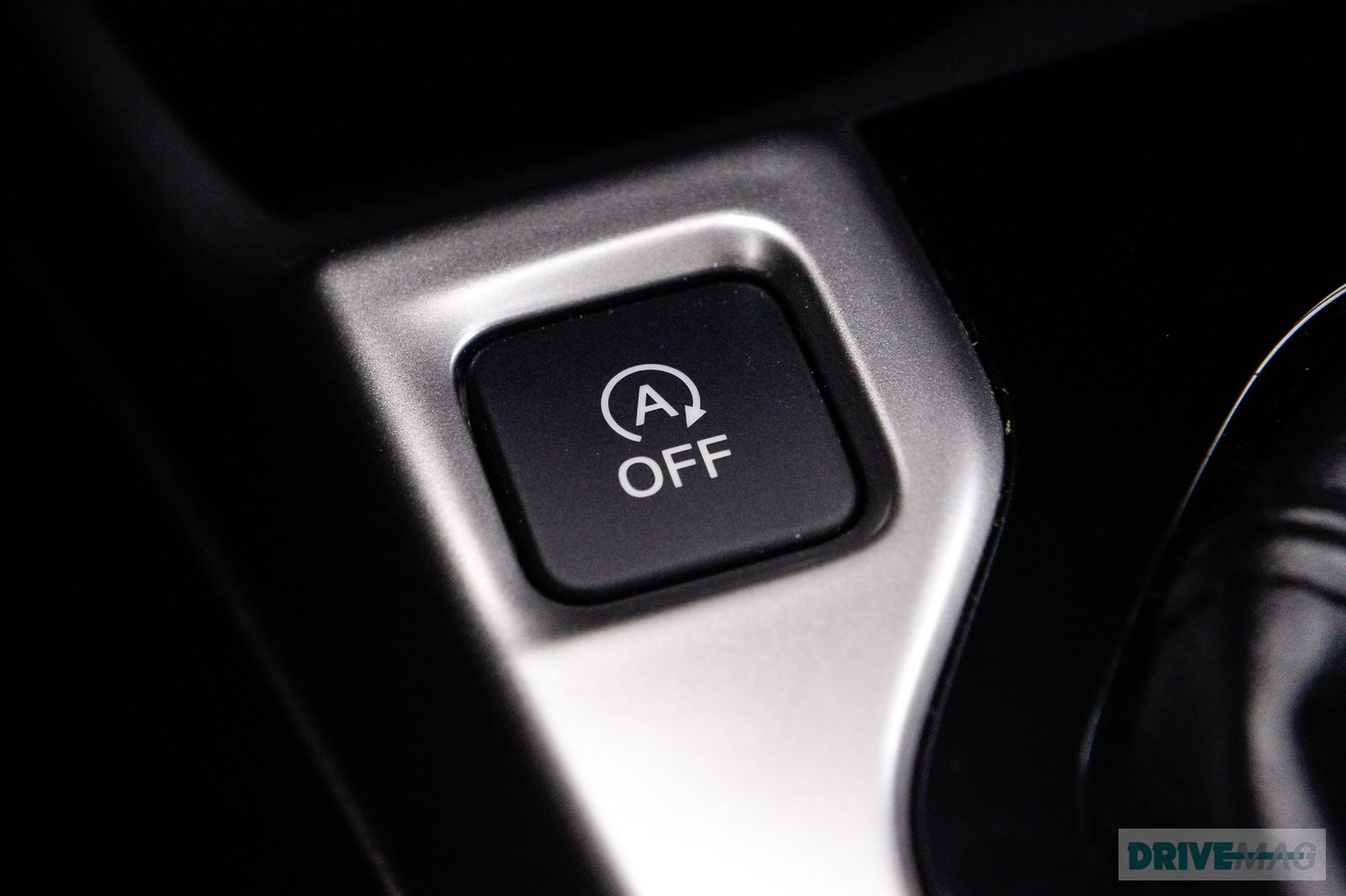
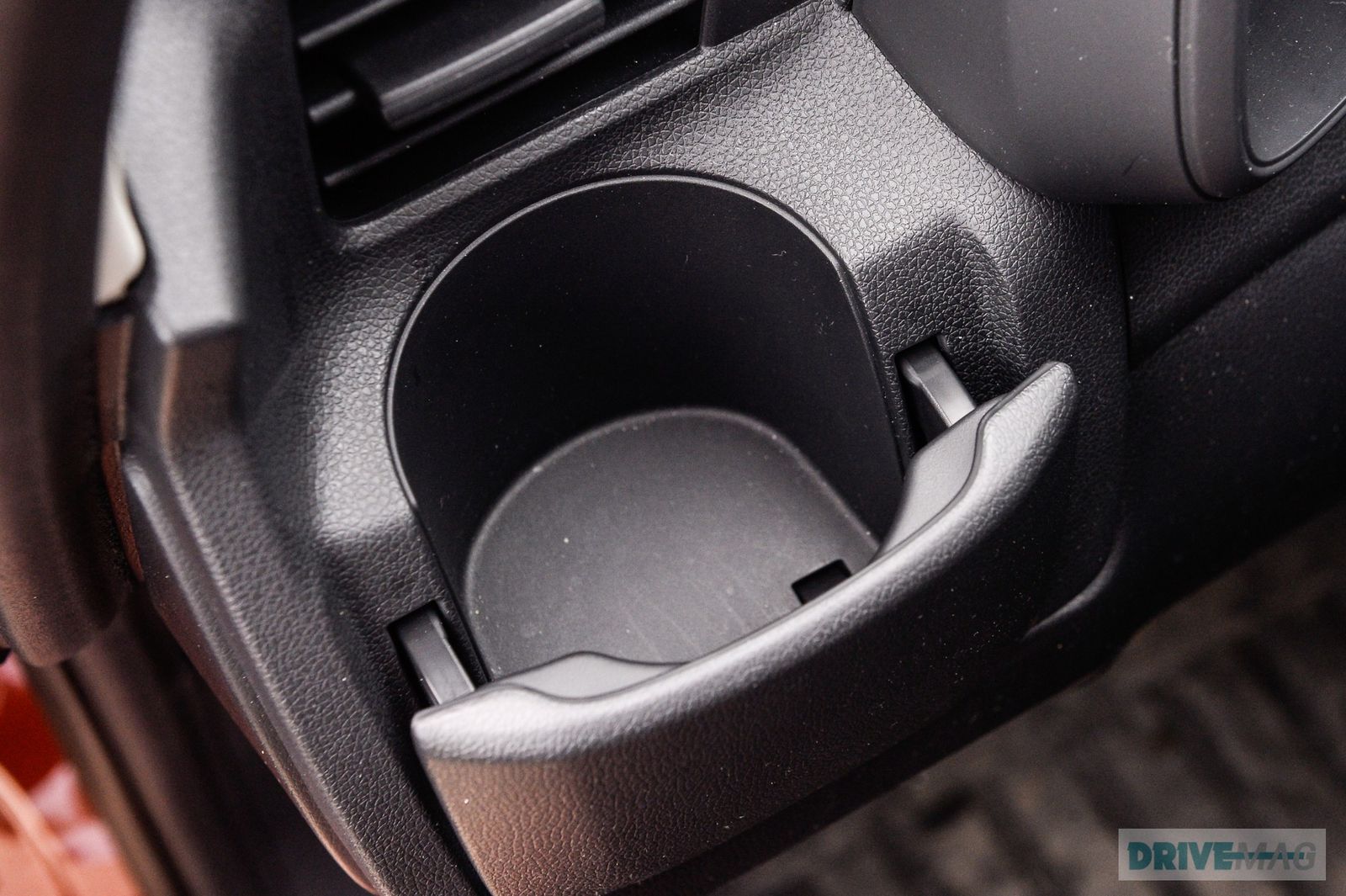
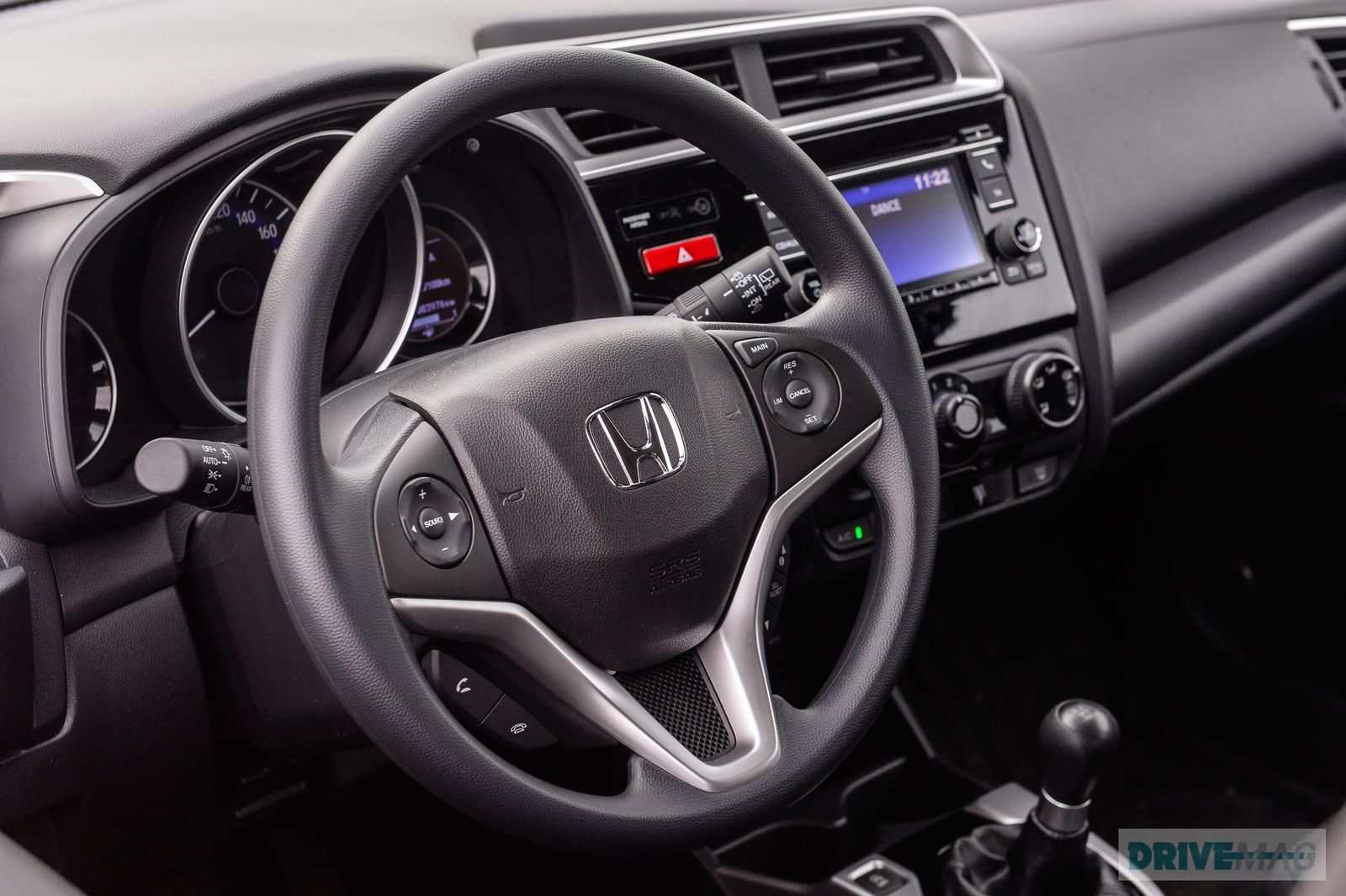
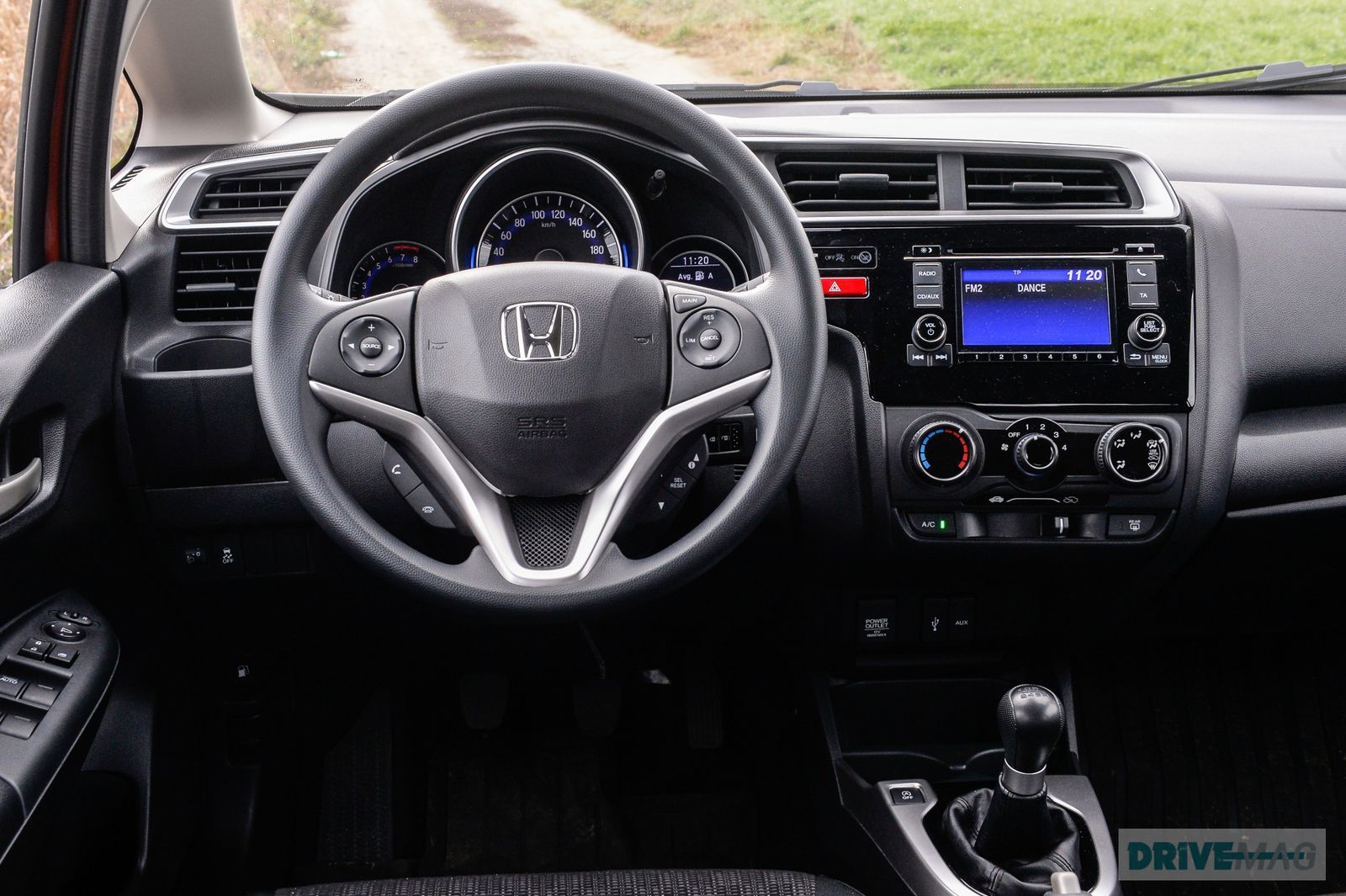

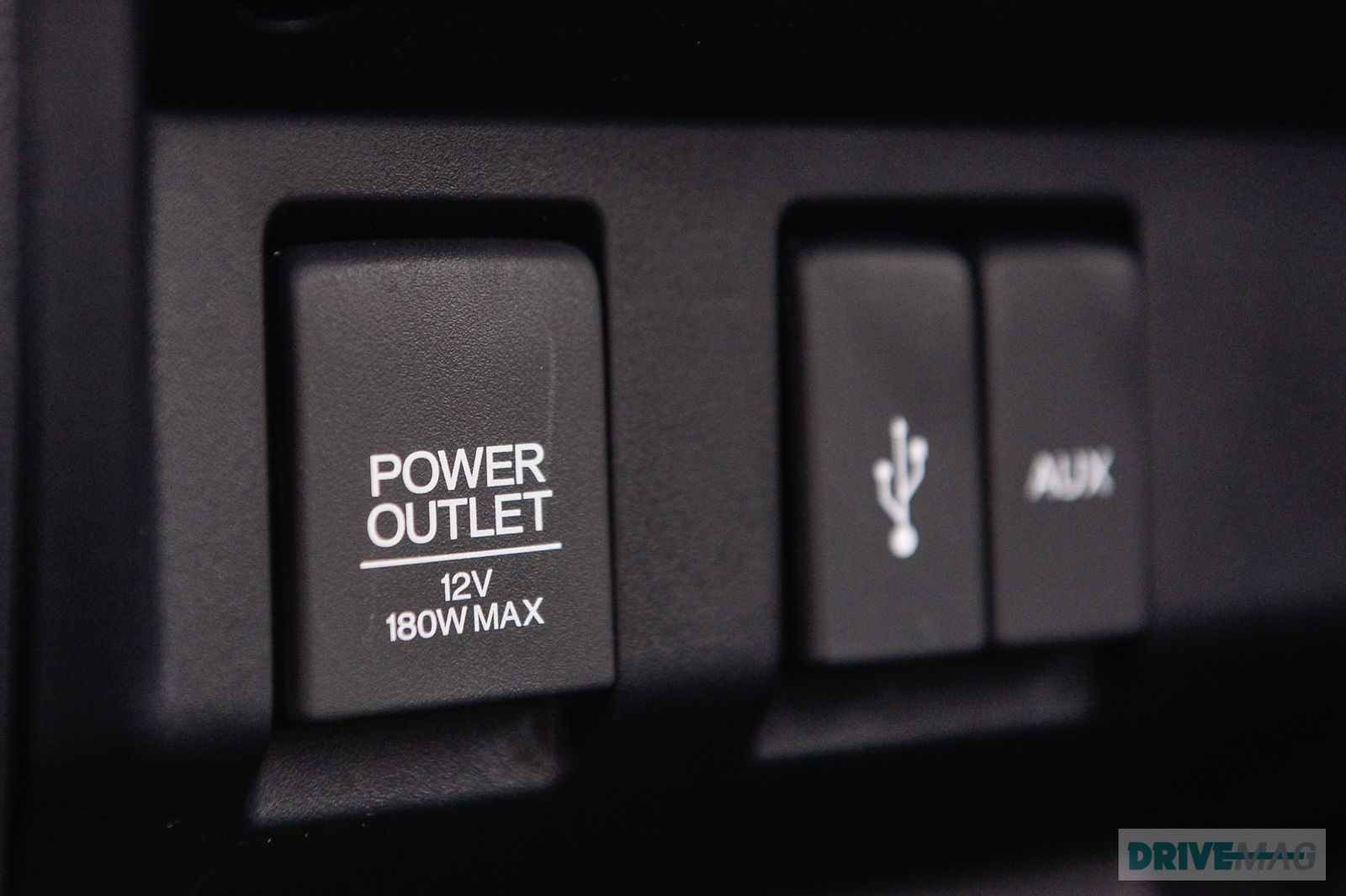

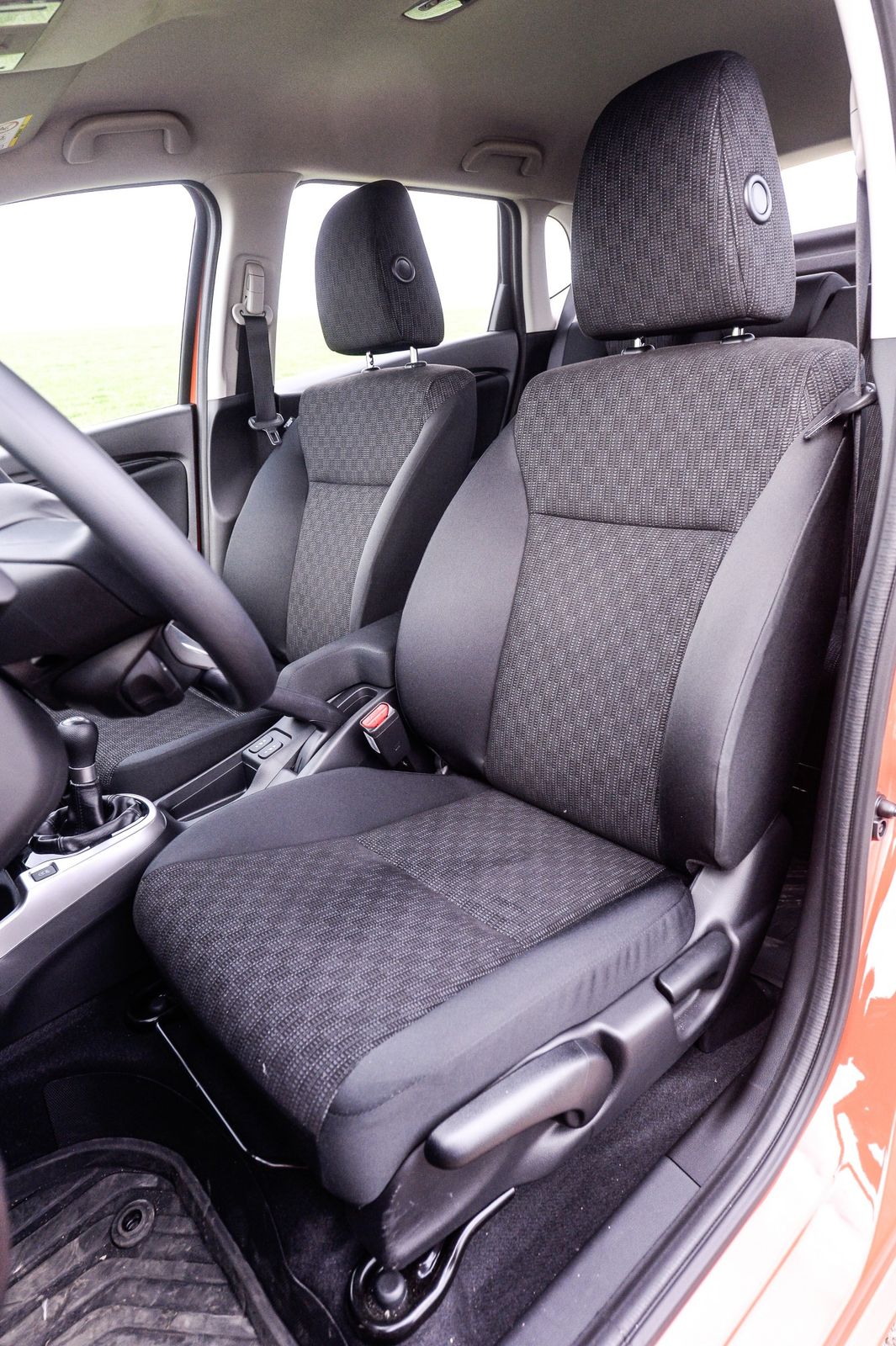
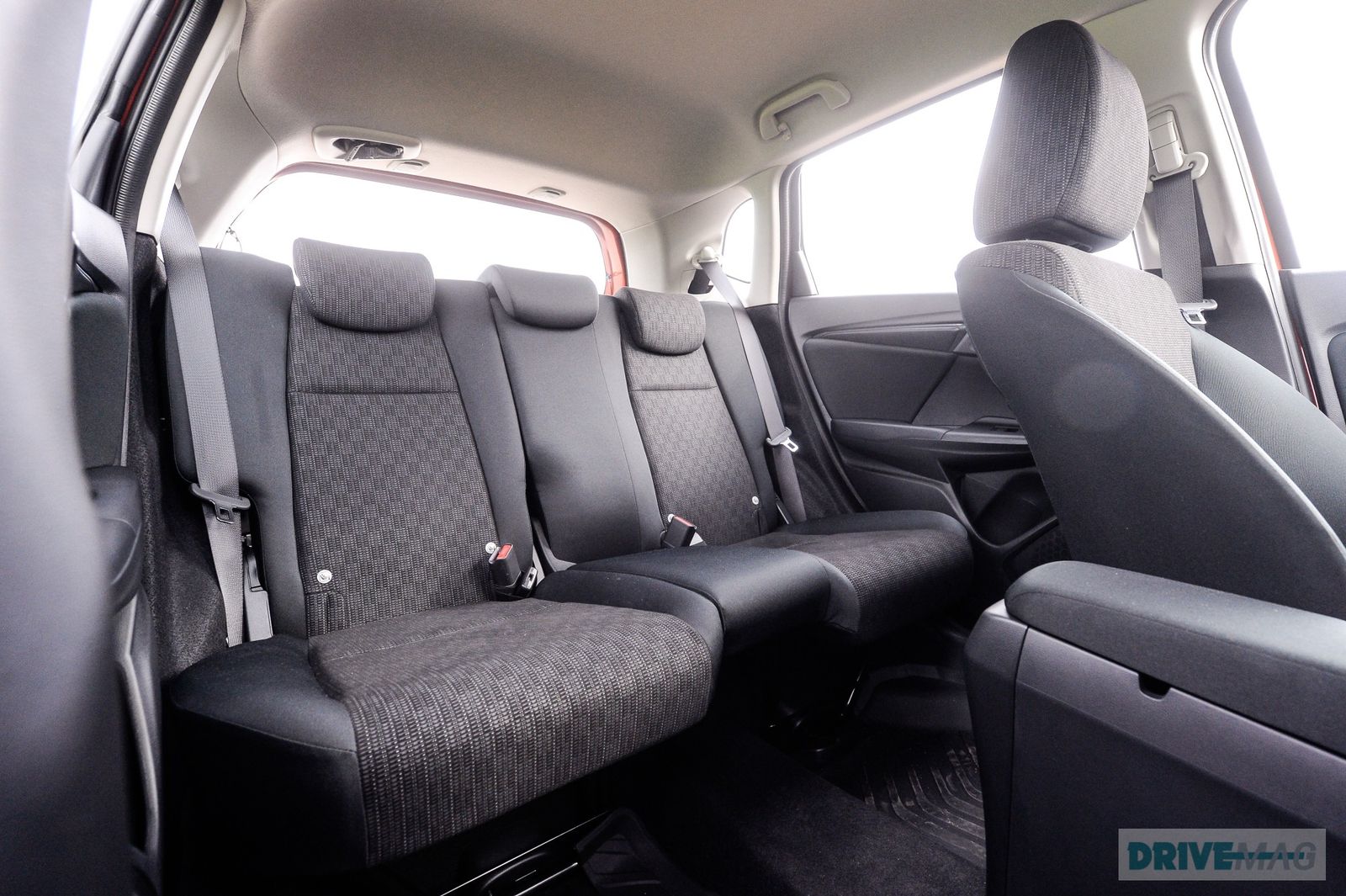
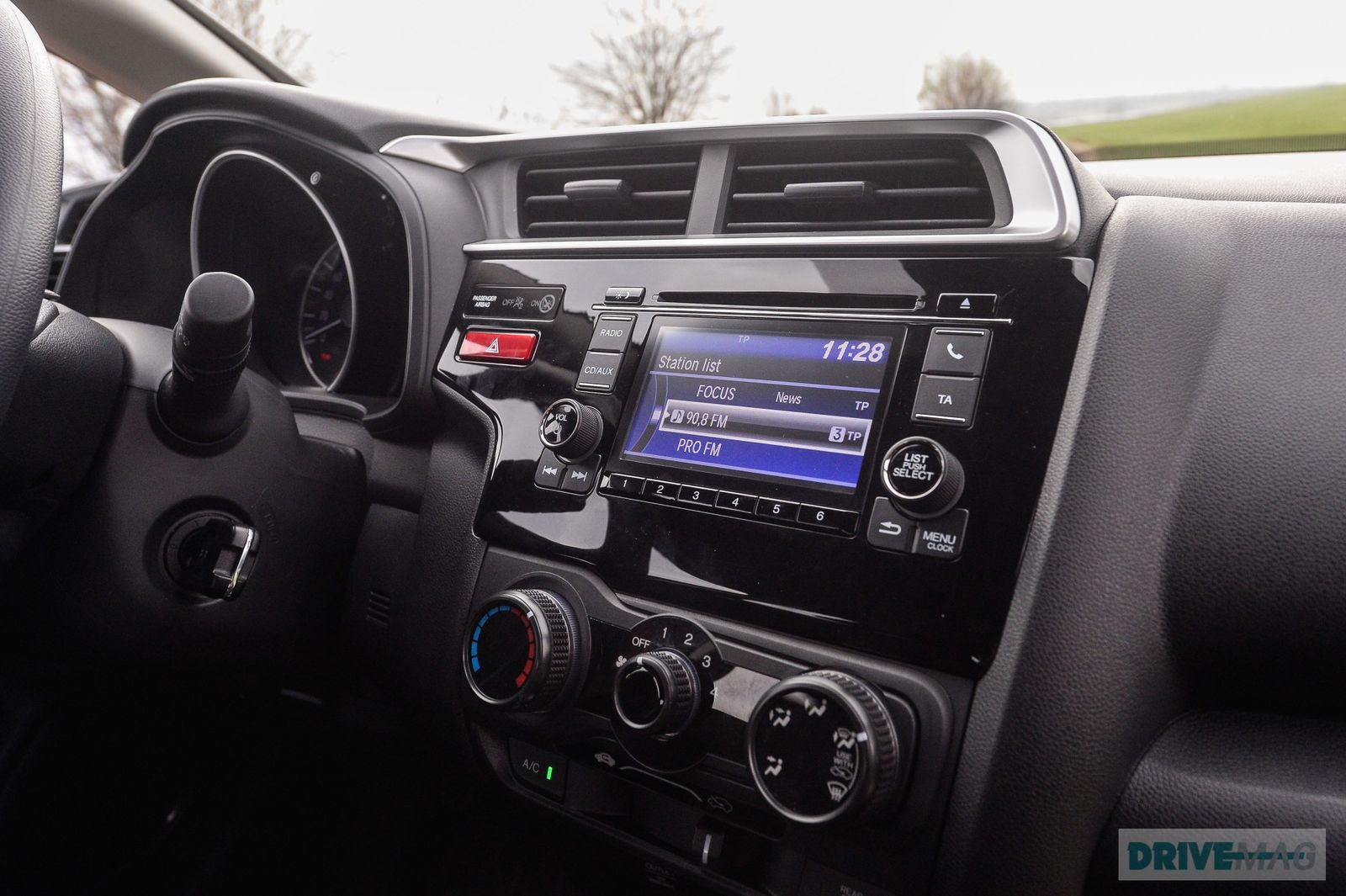

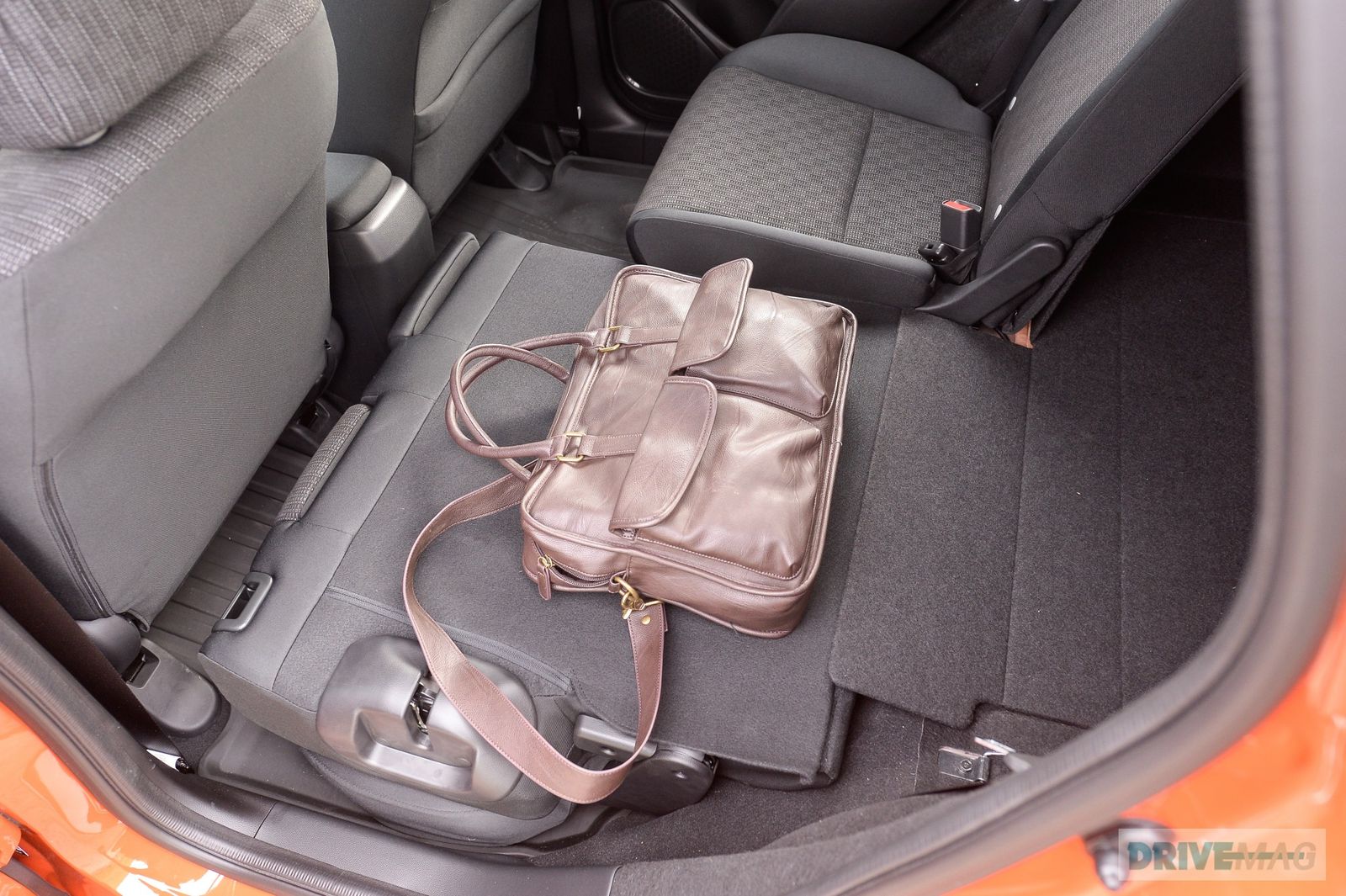
2015 was a full year for Honda: they updated the CR-V, fitting the SUV with a nine-speed auto gearbox from ZF and a new 1.6-liter diesel, they introduced the new HR-V and the beast known as the Honda Civic Type R, and last but not least, the new Jazz, aka Honda Fit stateside. Join us to find out how the supermini stacks up in a crowded segment populated by the likes of Ford Fiesta, VW Polo, Mazda2 and Skoda Fabia.
IN BRIEF
RECOMMENDED FOR:
Sales Agents, Young And Single
CREATED FOR:
Urban Driving
HATS OFF FOR:
Comfort, Passenger Space
BANG FOR THE BUCK:
Good
DRIVE
Powertrain 6/10
The new Jazz is available with only one engine choice, for now, namely a 1.3-liter i-VTEC petrol unit. However, we are talking about a fully new naturally aspirated engine from the Earth Dream Technology series, delivering 102 HP at 6,000 rpm and a maximum torque of 123 Nm (91 lb-ft) at 5,000 rpm.
Honda offers a six-speed manual and a CVT gearbox as a partner for the mill, but our tester came with the manual – that is, in fact, what you want on your Jazz. Since peak torque is available rather high on the rpm ladder, you'll have to push the engine hard to keep up with hurried traffic; so don't expect plenty of smoothness in these conditions. Other than that, the new Jazz can hit a top speed of 118 mph while the 0-62 mph (0-100 km/h) sprint happens in 11.5 seconds.
Otherwise, the engine-gearbox duo does a decent job, the first five gears have low ratios and allow a quick and linear acceleration as you dodge urban obstacles while the sixth gear aims for better fuel efficiency outside the city. You'll love shifting gears using the dainty lever, but at times, the gearbox feels less crisp than what the previous generation had to offer.
Handling 7/10
Honda says the new Jazz rest on a more rigid and lighter chassis, coupled with a re-engineered suspension system: MacPherson struts for the front axle and an H-type torsion beam bar for the rear axle. Although wheelbase size went up by 30 mm to 2,530 mm, the Jazz is no Ford Fiesta as far as handling is concerned. Nonetheless, the suspension arrangement is happy to absorb an extensive range of bumps coming from road imperfections, potholes or railway crossings, but it might get louder on rutted surfaces.
However, it does not want to. Personally, I prefer the previous generation as it feels agiler, but the new Jazz performs good enough when it comes to finding grip and limiting body roll. Honda opted for an electrically-assisted steering setup that adds a tad more feedback and precision compared to the previous generation but, at the same time, doesn't cross into sporty territory; everything is laid out for comfortable, down-to-Earth driving.
Safety 10/10
Honda Jazz received five stars out of five after going through the rigors of the Euro NCAP crash tests. The supermini scored 93% for adult occupant protection, 85% for child occupant protection and also secured a 71% rating for safety assist features.
On that note, we'll also mention that the new Jazz features Honda's Advanced Driver Assist System. For that matter, the City-Brake Active feature is available as standard on every Jazz model, while customers can additionally fit their Jazz with Intelligent Speed Assist, Forward Collision Warning, Lane Departure Warning, Traffic Sign Recognition, and High-beam Support.
We doubt you'll ever push the new Honda Jazz to the limit, but just in case, rest assured the electronics will jump in at the slightest grip loss or understeer attempt.
INTERIOR
Comfort 7/10
Honda Jazz gained an extra 95 mm in length that plays out nice for those sitting at the back. This is one of the biggest improvements if we butt the earlier Jazz next to the new Jazz. Two adults can now sit in optimum comfort as there's plenty of room for shoulders, legs and head. Moreover, Honda kept their favorite setup with the fuel tank placed under the front seats, so the driving position is slightly higher than you would expect in a supermini, but that is a good thing since you get better visibility around the car.
The front seats are comfortable although I would have liked more thigh support. Otherwise, both lumbar and lateral support come in the right amount, and your back will be kept fatigue-free in a proper posture – therefore, short or medium trips will not take their toll unless you refuse to take a break on longer journeys. There is only one drawback here, namely the cabin's poor soundproofing, not enough to keep wind and tire noise at bay, especially on the highway.
Quality 7/10
Overall refinement went up with the new Honda Jazz, both from a visual and tactile standpoint. Everything looks sturdy, well put together and even refined here and there. Despite that, some buttons on the dashboard have a, let's say, vintage air about them. Yes, I am referring to climate and infotainment controls.
Although some plastics are still rougher than they should be, designers tried to fix that with a fair share of shiny black patches of plastic around the centre console and chrome accent surrounds for the air vents and the area around the gear lever. All in all, there are visible improvements from the previous generation Honda Jazz.
Practicality 9/10
Usually, when one says Honda, the first thing that pops up in his or her mind is practicality. The same applies to the new Jazz, mainly because Honda blessed the supermini with the excellent Magic Seats system. Each seat of the 60:40 split folding rear bench is configurable in three ways: Utility, Tall and Long.
Utility allows the seat back to fold forward while the base lowers to create a flat surface for loading extra items when needed. Tall mode enables the seats to be locked in a vertical position, providing additional free space from floor to roof, while the Long setting makes the front and rear passenger seat backs fold forward to a horizontal position.
Storage-wise, each door comes with an inner pocket where you can store small items like water bottles, but there are also three cupholders spread inside the cabin: two on the central column and one positioned left to the steering wheel, a smart touch if you are interested in knowing my opinion.
Boot space went up to 354 liters, but with the rear seats down you get a total of 1,314 liters. Loading and unloading pose no issues here, thanks to a low loading lip and overall, you are looking at one of the most practical vehicles in its class.
Infotainment 7/10
Our tester came fitted with the five-inch LCD multi-info display, but the Japanese are also offering the Android-based seven-inch Honda Connect infotainment system for higher grades. Every Jazz has steering wheel-mounted audio controls, four speakers, DAB radio, and Bluetooth connectivity, as well as one auxiliary jack and one USB port.
BUDGET
Efficiency 7/10
On paper, the 1.3-liter four-cylinder i-VTEC engine returns 56.6 mpg in the combined cycle when mated with the six-speed auto gearbox, a value accompanied by 116 g/km of CO2.
In real-life conditions, the new Jazz offered 38.6 mpg (7.3 l/100 km), which is not bad considering we drove the supermini mainly around the city, during rush hour. Some voices claim Honda will also come up with a turbo mill for the Jazz, but no official announcement was made so far.
Equipment 7/10
Three trim levels are available for the new Jazz, namely S, SE and EX. The entry-level Jazz comes with electric adjustable door mirrors, LED daytime running lights, manual height adjustment for the driver's seat, Magic Seats system, DAB radio, Bluetooth connectivity and steering wheel remote audio controls.
Placed one step higher, the SE trim level adds the Honda Connect infotainment system with CD player and the seven-inch touchscreen display, two USB ports, and one HDMI jack plus a highbeam support system and 15-inch alloy wheels.
The top-of-the-range EX trim level brings front fog lights, 16-inch alloy wheels, rear privacy glass, and a six-speaker audio system.
Acquisition 7/10
European customers can have the new Jazz for a starting price of €15,900; for this money, clients get the base-spec version with the 1.3-liter engine mated to the six-speed manual transmission. If you prefer the CVT, the starting price goes up to €17,200, while the most expensive, top-of-the-line Honda Jazz starts at €19,750.
In a nutshell, the new Honda Jazz remains an attractive proposal for those who put a high price on practicality and fuel efficiency, but to a certain extent on the latter. The new Jazz also falls on the comfort side, which means you will not get the same dynamic behavior as you would normally enjoy in a Ford Fiesta or a VW Polo; the new Jazz is more like a warm, efficient hug.
